

JOURNEY Keyboardist Says His Visit To White House 'Wasn't Political'
JOURNEY keyboardist Jonathan Cain has commented on his war of words with Neal Schon over a White House visit by several members of the band.
Cain and the guitarist feuded publicly on social media last summer after Jonathan , singer Arnel Pineda and bassist Ross Valory were photographed with President Donald Trump . Cain is married to Trump 's spiritual advisor, Pastor Paula White , one of the religious leaders who participated in Trump 's January 2017 inauguration.
Speaking to Rolling Stone , Cain said that his visit to the White House "was a historical chance to go and it wasn't political. I'm a history buff and was dying to see where all this history took place," he insisted. "I know Arnel wanted to meet the Filipino lady [ Cristeta Comerford ] that has worked as a chef there for 20-something years. And Neal and I weren't on speaking terms during that time. He was bashing me about my faith, so I didn't think he would want to come. That's all."
Cain added that the White House visit "wasn't really a band sort of thing. We're friends with Sarah Huckabee from before the presidential thing," he said. "It was just an offer to take a tour. It wasn't an endorsement. Not at all. And Ross [ Valory , bass] decided to come and see the building that Eisenhower bowled in. I was like, 'A bowling alley? How cool!' We got to see the loft where they make the cookies. The kitchen was so tiny. We saw all the little nooks and crannies and were like, 'Oh, my gosh, this is amazing.'"
Cain went on to say: "Historically, it felt good to visit. But come to me. Don't go to the fans about it. If you had a problem with it, talk to me. I never heard from him."
In a recent interview with SiriusXM 's Eddie Trunk , Schon , who appeared at points during his tweetstorm last summer to suggest that he might be reforming a new version of the band, defended his decision to talk so openly via social media about internal disagreements within the JOURNEY camp. "I have a lot of faith in the fans," he explained. "And I wasn't getting a lot of help anywhere else. That's all I can tell you. I was trying to get our management at a point to step in and bring some things about, and I was trying to talk to different members, and they all went this way and I was kind of there by myself. So I went, 'Man, I'm gonna open this up. I got frustrated with it. I'm gonna open it up and I'm gonna talk to the fans themselves and I'm gonna get their opinion.' And so now they've spoken, and I feel really good about what I'm doing. I feel like I got, you know… 99.9 percent [of the] fans are understanding where I'm at, so it's a good thing."
Neal is the only remaining original member of JOURNEY who has appeared on all the band's albums.
JOURNEY 's 58-city tour with DEF LEPPARD will kick off on May 21 in Hartford, Connecticut.
Comments Disclaimer And Information
BLABBERMOUTH.NET uses the Facebook Comments plugin to let people comment on content on the site using their Facebook account. The comments reside on Facebook servers and are not stored on BLABBERMOUTH.NET. To comment on a BLABBERMOUTH.NET story or review, you must be logged in to an active personal account on Facebook. Once you're logged in, you will be able to comment. User comments or postings do not reflect the viewpoint of BLABBERMOUTH.NET and BLABBERMOUTH.NET does not endorse, or guarantee the accuracy of, any user comment. To report spam or any abusive, obscene, defamatory, racist, homophobic or threatening comments, or anything that may violate any applicable laws, use the "Report to Facebook" and "Mark as spam" links that appear next to the comments themselves. To do so, click the downward arrow on the top-right corner of the Facebook comment (the arrow is invisible until you roll over it) and select the appropriate action. You can also send an e-mail to blabbermouthinbox(@)gmail.com with pertinent details. BLABBERMOUTH.NET reserves the right to "hide" comments that may be considered offensive, illegal or inappropriate and to "ban" users that violate the site's Terms Of Service. Hidden comments will still appear to the user and to the user's Facebook friends. If a new comment is published from a "banned" user or contains a blacklisted word, this comment will automatically have limited visibility (the "banned" user's comments will only be visible to the user and the user's Facebook friends).
- Rock's Best Four-Album Runs
- Van Halen's Sad HOF Induction
- 'Let It Be''s 'Downer Incident'
- 50 Greatest Power Ballads
- What Doomed Heart Lineup
- Songs Almost Ruined Classic LPs

Journey’s Ongoing Feud Might Trace Back to 2017 White House Visit
Journey fans may find it sad and even shocking to witness Neal Schon and Jonathan Cain trading barbs and lawsuits in recent months while preparing for their recently launched 50th-anniversary tour . But it's not unprecedented. To put the current acrimony in context, fans only have to look back about five and a half years, to the summer of 2017.
The inciting incident took place on July 27, 2017, when Cain, singer Arnel Pineda and bassist Ross Valory visited the White House and snapped an Oval Office photo with then-President Donald Trump . Although Cain is married to Paula White-Cain, who served as the evangelical advisory board chairman in the Trump administration, the keyboardist told UCR that he considered the visit a "historic opportunity" and "not an endorsement" of the president.
Schon, however, took to social media to voice his displeasure with his bandmates.
"I will remain strong and consistent with the belief we've always shared and agreed upon — Journey should never be used and exploited by anyone, especially band members, for politics or any one religion," the founding guitarist wrote. "I've been here since 1972, and this has always been our belief. This was an intent to exploit the brand and use the name. Journey was not there — three individual members were. ... Tours are done all the time, but it could have been privately. ... I had no prior knowledge of this from anyone. Not band members or management. This clearly shows no respect for unity, just divide."
It was the first in more than a week's worth of hostile missives from Schon, who explained, "I don't have a problem with Trump. It's all politics. We've never allowed this. It's not smart to mix." He later tweeted, "I don't care about anyone [visiting] the WH. They have tours, but using Journey is not accepted by myself." The guitarist maintained that the visit and photo op were "exploitation without my permission and at my expense, being the founder," and promised that his bandmates "will be hearing from me."
Schon also posted cryptic messages such as, "One way or the other I won't be dealing with any more toxic shit. Done." And elsewhere: "People can live their life as they wish but leave it at the door."
The former president continues to be a sore subject among Journey's ranks, as Schon filed a cease-and-desist order against Cain last December, demanding that he stop playing the band's songs at Trump rallies, just one month after he sued Cain for allegedly restricting his access to the band's shared American Express card. When Cain countersued Schon in January for allegedly charging over $1 million in personal expenses to the band card, the guitarist's attorney called the allegations "as phony as a three-dollar bill" and chalked them up to Cain's "sour grapes" over the cease-and-desist.
The timing of the 2017 White House fracas was particularly interesting since all had been sweetness and light during Journey's Rock & Roll Hall of Fame induction a few months earlier in Brooklyn. The celebration even brought former singer Steve Perry back into the fold, though he didn't join the band to perform onstage at the ceremony.
Watch Journey Perform 'Don't Stop Believin'' at the 2017 Rock Hall Induction
A few weeks after the tour, Cain said there had been no discussion about the White House or any other issues. "I don't know. I just don't know. You’d have to talk to [Schon] about it," he told UCR while promoting his solo album Body Language . "I stayed neutral on it all. I woke up one morning and there was a storm, and I just didn't get it. Arnel and the guys — Arnel especially — wanted to go meet the chef [Cristeta Comerford] who cooked there for 22 years who was Filipino. So we did, and it was a private tour. ... It wasn't Journey-paid. And somehow a picture got taken ... and then, boom, the picture came out and everything happened. It was just an innocent visit. It wasn't anything political."
As for Schon's reaction, Cain said, "Well, you know, he decided to share it with the fans instead of talking to me. ... I have no comment on it, except it was a private visit, which turned into this big, blown-out thing. And then, of course, more stuff came out, and more stuff, and it was hard. It was just hard to watch."
Journey did play a handful of shows after the blowup, touring with Asia and taking part in the Classic East festival featuring Fleetwood Mac , Eagles , the Doobie Brothers , Steely Dan and Earth, Wind & Fire at New York's Citi Field. Asia drummer Carl Palmer later told UCR that he didn't notice any dissension in the ranks during the tour.
"It was not evident at all," Palmer claimed. "They were incredibly professional. They would pass each other in the corridors and ... fist-bump each other. You would not see any of that [rancor] at all. ... That may have been going on in social media, but it was not going on onstage and it was not going on in the corridors — and we did 42 concerts altogether with them. I don't think it's ever a wise thing to wash your laundry in public, but that's ... up to them. All I can tell you is they were the utmost in their professionalism every which way, and I was absolutely knocked out by them."
Cain said the reason for that is simple. "The music is bigger than all of it," he insisted. "It's bigger than any kind of squabble, any kind of whatever you've got. We just showed up and played our asses off, that's all. I love this band too much, and Ross loves this band, and we love our fans. I think in the end, we all have to just tolerate and get along. I'm prepared to do that."
He added, "I think time heals all things, and you move on."
That seemed to be the case, as Journey was back on the road in the summer of 2018 for a massive arena tour with Def Leppard and the Pretenders . In 2020, Schon and Cain fended off an "ill-conceived corporate coup d'etat" by Valory and drummer Steve Smith, firing the two and resetting the band with a succession of new members, including the short-lived returns of bassist Randy Jackson and drummer Narada Michael Walden. The latter co-produced Journey's latest album, 2022's Freedom , and performed with the group through the end of 2021, including a massive performance at Chicago's Lollapalooza that summer.
Watch Journey Perform 'Only the Young' at Lollapalooza 2021
"There was tremendous turmoil coming from every angle, especially towards me," Schon told UCR back in 2020. "Once I actually sat and talked with Jonathan, we cleared everything and we got rid of the conquer-and-divide scenarios, and we realized we had a lot more to say — musically, together, and as brothers. We're stronger for that, and so is the band."
That reconciliation seems to have reversed as of late, but Journey remains onstage together, with tour dates planned through April. And if the band members were able to set their differences aside previously, fans shouldn't stop believin' that they'll make it through their golden-anniversary celebration intact.
Journey Albums Ranked
More from ultimate classic rock.
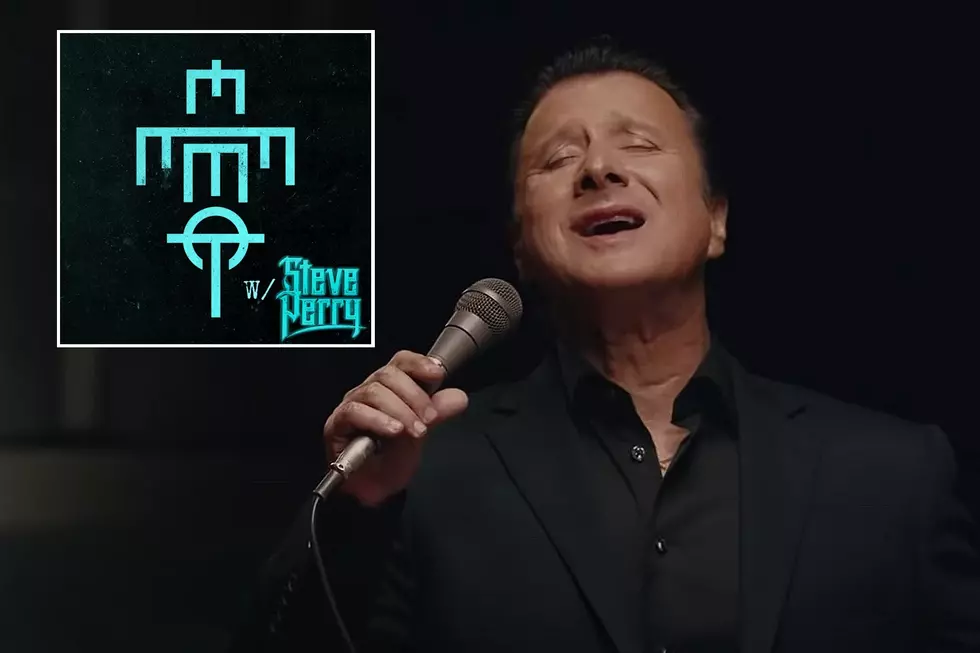
Neal Schon blasts Journey bandmates for White House visit
Schon angry that Arnel Pineda, Jonathan Cain and Ross Valory visited White House as Journey and not as individuals – says band agreed to be politically neutral

Neal Schon has expressed his anger that three of his bandmates visited the White House last month under the Journey banner.
The band’s leader and guitarist says Journey have always taken the stance that they remain neutral when it comes to politics and religion, and that Arnel Pineda, Jonathan Cain and Ross Valory’s visit to Donald Trump should have been a private matter – and not involve the Journey name.
Schon says on Facebook: “I will remain strong and consistent with the belief we’ve always shared and agreed upon – Journey should never be used and exploited by anyone, especially band members for politics or any one religion.
“I’ve been here since 1972 and this has always been our belief. This was with intent to exploit the brand and use the name.
“Journey was not there – three individual members were: Cain, Valory and Pineda whom I found. Tours are done all the time but it could have been privately.”
Schon adds: “The members who attended know my position and the way we’ve always been until now. Steve Perry myself and the rest have always agreed the music we created is for everyone.
“I had no prior knowledge of this from anyone. Not band members or management. This clearly shows no respect or unity – just divide.”
Classic Rock Newsletter
Sign up below to get the latest from Classic Rock, plus exclusive special offers, direct to your inbox!
After a picture of Pineda, Cain and Valory in the Oval Office with Trump emerged, Schon comments: “So they didn’t want to make a spectacle about the visit as Journey? Press is never allowed in the Oval Office. So sorry, but this was planned and manipulated for the befit of? You figure it out.”
Schon is also quick to point out that his issue isn’t with Trump and adds on Twitter: “I don’t have a problem with Trump – it’s all politics. We’ve never allowed this. It’s not smart to mix.”
The disagreement between Schon and the trio has also thrown the future of the current lineup into doubt, with the guitarist posting the tweet: “One way or the other, I won’t be dealing with any more toxic shit. Done.”
Schon also posted a short video from earlier this year where the band are seen talking about staying neutral when it comes to politics on Hong Kong radio.
- Prophets Of Rage share Radical Eyes stream
- TeamRock Radio returns to the air
- Queen and Led Zeppelin star in the new issue of Classic Rock, out now!
- Read Classic Rock, Metal Hammer & Prog for free with TeamRock+

Scott has spent 35 years in newspapers, magazines and online as an editor, production editor, sub-editor, designer, writer and reviewer. Scott joined our news desk in the summer of 2014 before moving to the e-commerce team in 2020. Scott keeps Louder’s buyer’s guides up to date, writes about the best deals for music fans, keeps on top of the latest tech releases and reviews headphones, speakers, earplugs and more. Over the last 10 years, Scott has written more than 11,000 articles across Louder, Classic Rock, Metal Hammer and Prog. He's previously written for publications including IGN, the Sunday Mirror, Daily Record and The Herald newspapers, covering everything from daily news and weekly features, to tech reviews, video games, travel and whisky. Scott's favourite bands are Fields Of The Nephilim, The Cure, New Model Army, All About Eve, The Mission, Cocteau Twins, Drab Majesty, Marillion and Rush.
"Roy Thomas Baker would organise food fights and set fire to the mixing desk": How Bill Nelson built up then broke up Be-Bop Deluxe
That time Roger Waters hooked up with Foo Fighters to cover a Pink Floyd classic
“Nothing was too crazy. Nothing was too outrageous. Once we had a beautiful part, we thought we should make it evil and disturbing”: Powered by red wine and bored with prog metal, Steven Wilson and Mikael Åkerfeldt made Storm Corrosion their way
Most Popular
- Skip to global NPS navigation
- Skip to this park navigation
- Skip to the main content
- Skip to this park information section
- Skip to the footer section

Exiting nps.gov
Alerts in effect, white house visitor center.
Last updated: June 5, 2023
Park footer
Contact info, mailing address:.
1849 C Street NW Room 1426 Washington, DC 20240
202 208-1631
Stay Connected
Advertiser Disclosure
Many of the credit card offers that appear on this site are from credit card companies from which we receive financial compensation. This compensation may impact how and where products appear on this site (including, for example, the order in which they appear). However, the credit card information that we publish has been written and evaluated by experts who know these products inside out. We only recommend products we either use ourselves or endorse. This site does not include all credit card companies or all available credit card offers that are on the market. See our advertising policy here where we list advertisers that we work with, and how we make money. You can also review our credit card rating methodology .
The Ultimate Guide to Visiting the White House in Washington, D.C. [Includes Virtual Tour]
Amar Hussain
Senior Content Contributor
784 Published Articles
Countries Visited: 63 U.S. States Visited: 9
Keri Stooksbury
Editor-in-Chief
34 Published Articles 3182 Edited Articles
Countries Visited: 47 U.S. States Visited: 28
Director of Operations & Compliance
1 Published Article 1178 Edited Articles
Countries Visited: 10 U.S. States Visited: 20
![journey white house visit The Ultimate Guide to Visiting the White House in Washington, D.C. [Includes Virtual Tour]](https://upgradedpoints.com/wp-content/uploads/2020/04/White-House-on-Sunny-Day.jpg?auto=webp&disable=upscale&width=1200)
History of the White House
Planning your visit, on the day of your tour, the white house experience mobile app (virtual tour), white house garden tour, the white house easter egg roll, what to see at the visitor center, when to visit, the northern trail, the southern trail, other landmarks and buildings, the north side from pennsylvania avenue, 20 facts about the white house, hotels near the white house, final thoughts.
We may be compensated when you click on product links, such as credit cards, from one or more of our advertising partners. Terms apply to the offers below. See our Advertising Policy for more about our partners, how we make money, and our rating methodology. Opinions and recommendations are ours alone.
As the official residence and workplace of the President of the United States, the White House is one of the most easily recognizable and iconic buildings in the world. Home to every U.S. president since John Adams in 1800, the White House is a historically and culturally important building that attracts millions of visitors all year round.
The site for the White House was selected by George Washington back in 1791, with the cornerstone laid by Irish-born architect James Hoban 1 year later. The extensive and ambitious build took 8 years to complete, and although it was Washington that commissioned it, he sadly died before it was completed.
Originally known as the President’s House, it was the second President of the United States, President John Adams, and his wife that were the first to take up residence there . However, much of the original building was destroyed by a fire set by rampaging Brits in 1814. The newly built house was completed some 4 years later, and it has been called home by a succession of presidents and their families ever since.
During the early 20th century, various additions were made to the building, including the iconic West Wing that houses the Oval Office, the Cabinet Room, the Situation Room, and the Roosevelt Room, among others. During the Great Depression, the White House suffered neglect as a result of dwindling funding, and urgent renovations were needed during the 1940s.
Now one of the most well-cared for and loved buildings in America, the White House as we know it today is home to 132 rooms, 35 bathrooms, and 6 levels in residence , as well as 412 doors, 147 windows, 28 fireplaces, 8 staircases, and 3 elevators. Anyone visiting the capital city of Washington, D.C., should definitely try to pay a visit.
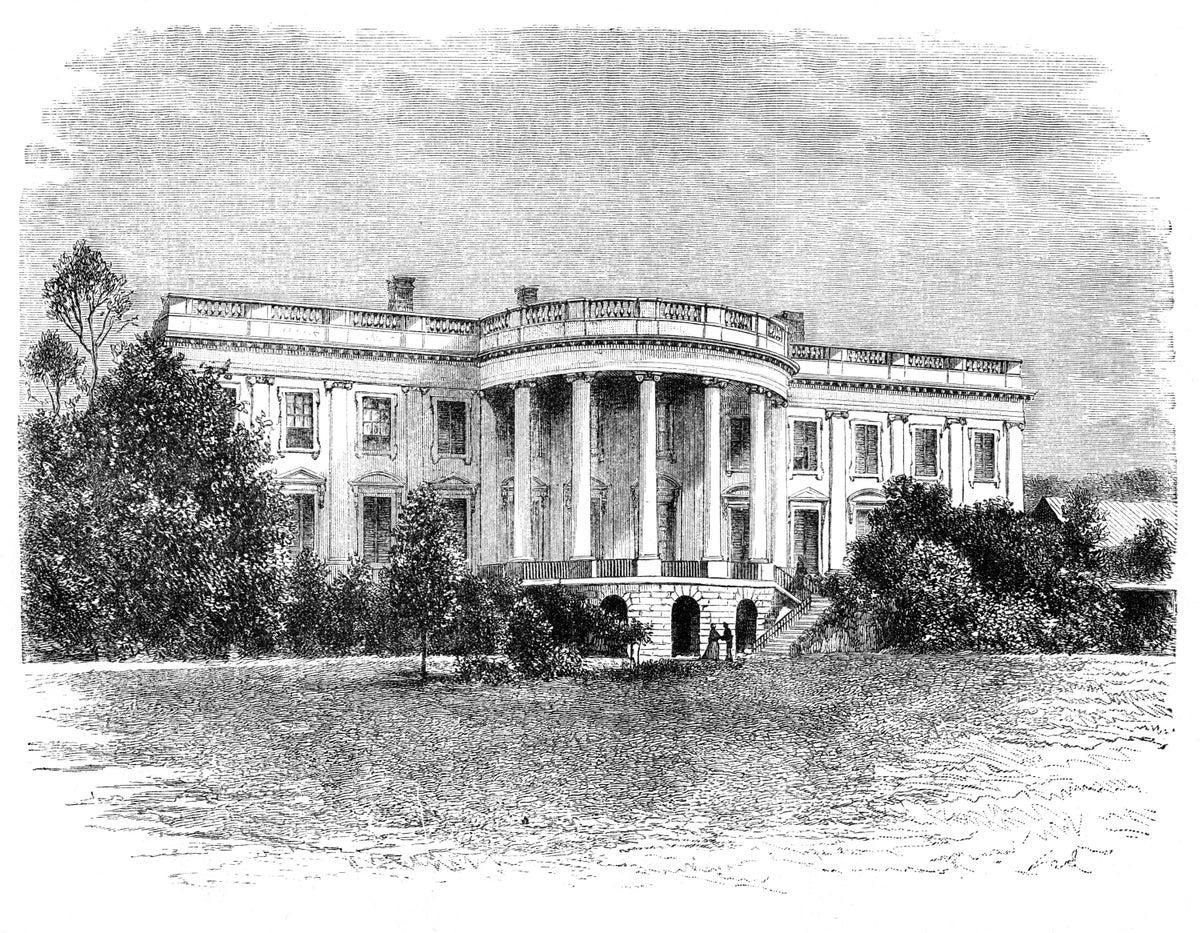
Getting to the White House
1600 Pennsylvania Avenue is probably one of the most famous addresses in the world. Taking a trip to visit the sprawling presidential home and offices is easy using almost any route.
There is a Metrobus stop located on the corner of Pennsylvania Avenue and 14th Street, which is the closest stop to the White House Visitor Center. Pennsylvania Avenue Line numbers 30, 32, 34, 35, and 36 all stop there.
Union Station is around 1.5 miles away from the Visitor Center. Heading northeast along Massachusetts Avenue, you can take in the city as you walk there, or hop on the shuttle bus that leaves from outside the station every 10 minutes.
The Blue, Silver, and Orange lines stop at Farragut West, McPherson Square, or Metro Center stations, all of which are within easy walking distance of the Visitor Center.
There are several parking lots that are located close to the White House Visitor Center, but spaces can be difficult to find and expensive. Downtown D.C. is also rated as one of the worst cities for traffic in the U.S. , so it may be quicker to walk or use public transport than try to undertake the journey by car.
How to Schedule a Tour of the White House
The White House is one of the most popular landmark attractions in the world. Every year, demand for tours outstrips the available places, so before your head off, make sure you know the best ways to maximize your chances of getting a tour inside the world-famous White House.
In order to visit the rooms that are available for public inspection at the White House, you will need to book a tour in advance . Tours are free of charge and self-guided , but you must request permission to visit at least 3 weeks in advance of your arrival in order to receive clearance from the U.S. Secret Service.
You can request tours up to 3 months in advance via your member of Congress , but there is no guarantee that your request will be accepted.
The self-guided tours run from 7:30 a.m. to 11:30 a.m. Tuesday through Thursday and 7:30 a.m. to 1:30 p.m. Fridays and Saturdays, but these timings can be subject to change depending on the White House schedules and events. Tours can also be canceled without prior notice, so be prepared.
Tours run in groups of 10 , and you will be placed in a group with other visitors before arrival if there are not enough in your own party. You will need to submit information about every member of your party, including their address, phone number, date of birth, Social Security number, and country of citizenship.
You will need to show your ID upon arrival, and your ID must exactly match all of the information you submitted in your application . A valid U.S. government-issued photo ID, such as a driver’s license or military ID, is acceptable for U.S. nationals, as are valid U.S. passports.
Overseas Nationals
If you are planning on visiting the White House from overseas, you will need to contact your home country’s embassy in Washington, D.C. to submit a tour request before your departure. Foreign nationals must present their passport — no other forms of foreign ID will be considered as acceptable.
Disabilities
If you or anyone in your group is hearing, visually, or mobility impaired, their needs can usually be catered for through your member of Congress, or via your embassy. There is also a TDD (Telephone Device for the Deaf) at the Visitor Center, which can be contacted at 202-456-2121. Guide animals are permitted in the White House.
If you need the use of a wheelchair during your visit, you can request the loan of a wheelchair at the Visitor Entrance upon arrival. Unfortunately, reservations are not possible , but if you are able to secure one, there is a ramp to allow access to the entrance on the ground floor, and an elevator to take you from the ground floor to the State floor.
Hot Tip: While no tour company can get you access to the White House, you can take the popular hop-on, hop-off tour of Washington, D.C . on the red loop which takes in the White House, U.S. Capitol, and many more landmarks.
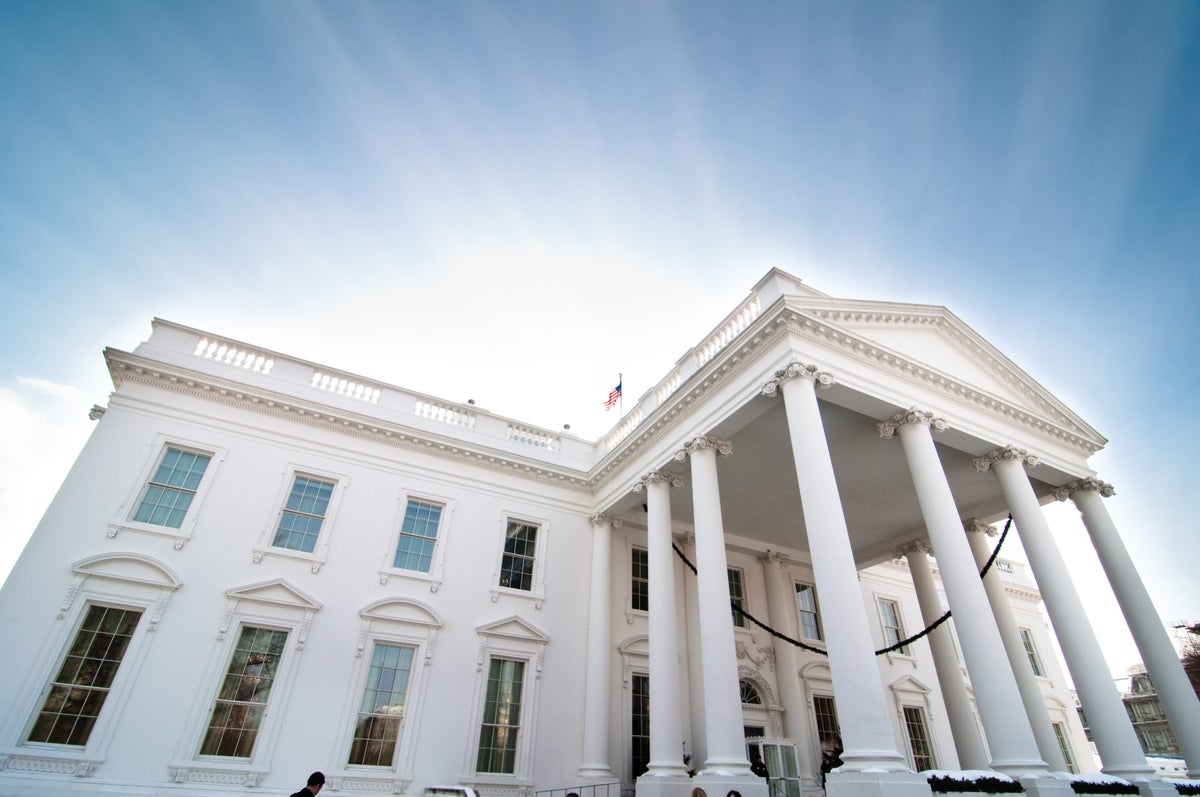
If you are successful in your application to book a tour of the White House, there are further instructions and guidelines to consider on the day.
Firstly, you should plan to get to President’s Park 15-30 minutes before your tour is due to start . This will allow plenty of time for presenting your ID to officers, taking toilet breaks, and ensuring that you don’t have prohibited items in your bag. Better still, if you arrive an hour or so before your allocated tour time, you can take in the exhibits and watch a video of the White House at the Visitor Center.
You will enter the White House by the south side of East Executive Avenue near the Southeast Gate , where National Park Service rangers will be on hand to assist you.
As you would expect, security is tight in and around the White House. Visitors must adhere to strict rules about what they can and can’t take with them during the tour.
Prohibited items include, but are not necessarily limited to:
- Video cameras and cameras with detachable lenses
- Tablets and iPads
- Tripods, monopods, selfie sticks, and camera sticks
- Any bags, including handbags, purses, book bags, backpacks, diaper bags, and camera bags
- Any pointed object or sharp objects
- Food and liquids
- Aerosols and personal grooming items such as makeup or lotion
- Guns, ammunition, fireworks, electric stun guns, and mace
- Martial arts weapons or toy weapons
You should also note that there are no storage facilities at the White House , so if you accidentally bring prohibited items with you, there is nowhere to leave them, and you will be denied entry to the tour. Leave everything on the above list back at home or in your hotel room.
There are certain items that you can take with you on your tour, but they may be subject to usage limitations. These include:
- Compact cameras (can be used for still photography only, no video recording or streaming, and all lenses must be less than 3 inches long)
- Umbrellas without metal tips
- Cell phones (remember, though, that talking or texting is not allowed, and phones must be on silent)
- All items needed for medical purposes will be permitted, including wheelchairs, electronic scooters, glucose tablets, EpiPens, medication, etc.)
Hot Tip: Before and during the tour, you are at the mercy of government officers. In some circumstances, the U.S. Secret Service reserves the right to prohibit any other personal items that you may be carrying.
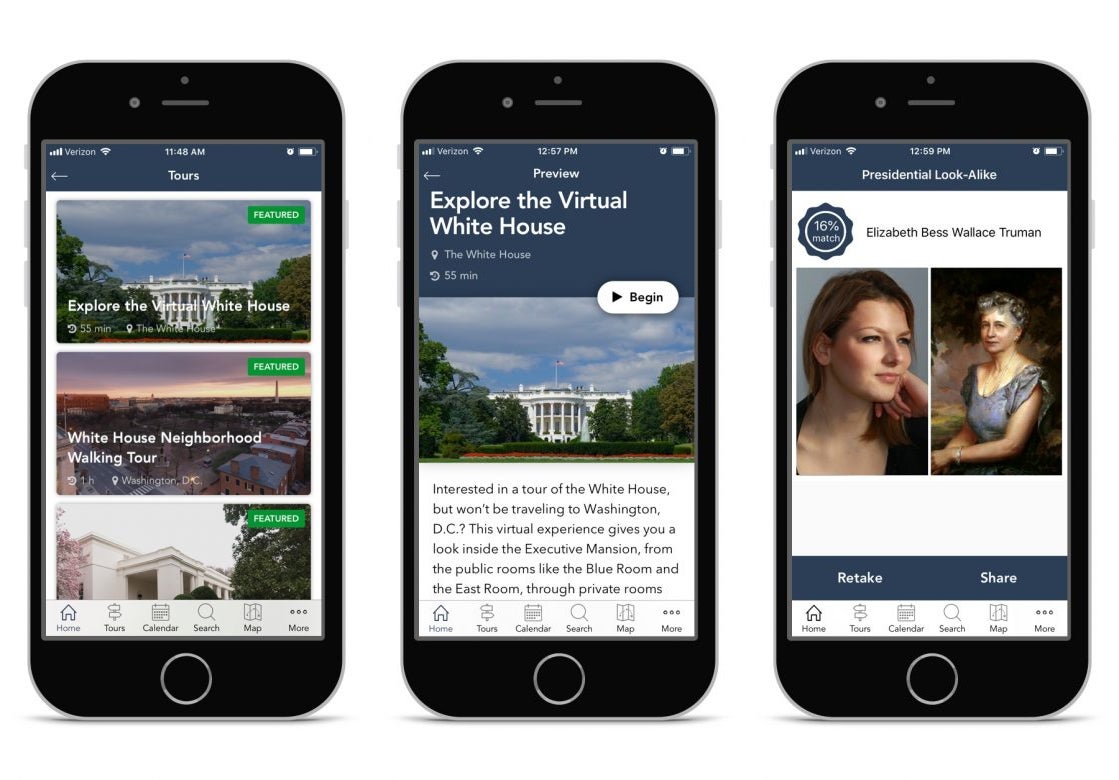
In these tech-friendly times, smartphone users will be delighted to know that there is a White House Experience Mobile App that you can download to enhance your experience during your visit.
Available on both iOS and Android , this is a useful tool for visitors who have not been successful in finding a place on an official tour, as well as those who have. Users can enjoy a virtual tour of the White House and the surrounding President’s Neighborhood, as well as taking a tour through the history of the White House and how its customs have evolved.
There are also a number of fun features to raise a smile. Snap a selfie with the Presidential Lookalike feature, or take the opportunity to virtually pilot the presidential helicopter around Washington, D.C., using the Fly Like Ike feature.
The Virtual White House tour offers visitors a glimpse of the interiors of the public areas including the East Wing, Family Theater, Library, Vermeil Room, China Room, Diplomatic Reception Room, Map Room, State Floor, as well as the famous rooms of the West Wing such as the Oval Office, Cabinet Room, and Press Room.
You can also sneak a peek into some of the upper floors, including the Treaty Room, the Lincoln Bedroom, the Queen’s Bedroom, and the President’s Dining Room.
While you are out and about, why not try the White House Neighborhood Walking Tour that provides turn-by-turn navigation of the President’s Neighborhood.
This tour stops at a range of historic landmarks, including Decatur House, Lafayette Square, St. John’s Church, Treasury Building, North Lawn, Blair House, Eisenhower Executive Office Building, South Lawn and Ellipse, and the White House Visitor Center. The app also provides information on points of interest at each of these locations.

During the spring and fall, the White House opens its stunning and extensive gardens to visitors. With the sun shining on Washington, D.C., garden lovers can stroll through the White House Kitchen Garden, the Jacqueline Kennedy Garden, the Rose Garden, and South Lawn of the White House, while taking in the tranquil surroundings just outside the home of democracy.
The Spring Garden Tour usually takes place on a single weekend in April, while the Fall Garden Tour will is held over a weekend in September. Both White House Garden Tours are free and open to the public, but they are only open to ticket holders.
Tickets can only be obtained on the day , but there are often long queues of people waiting to get hold of them. Every member of your group must wait in-person to receive their ticket, and tours are timed throughout the day. Children are welcome to join you on your tour, but they will need their own ticket, and there are plenty of plaques and information points to take in during your self-guided tour of the gardens.
The White House Gardens are home to over 50 different kinds of vegetables, as well as berries, herbs, and even a beehive . In 2009, first lady Michelle Obama planted the Kitchen Garden in conjunction with her Let’s Move! Initiative that focused on health and well-being in America. To this day, the White House cooks still use fresh fruit, vegetable, and herbs that are grown there when cooking for the first family and their guests.
The Rose Garden is famous for the lush green lawn often seen in outdoor press conferences, and it can be found just outside the West Wing in view of the Oval Office. The Jacqueline Kennedy Garden is dedicated to the former first lady herself, and the wide-open lawns and gorgeous borders are often used for parties, teas, and awards ceremonies.
The South Lawn is where the president departs and lands on the official presidential helicopter, Marine One, and is also where the famous annual Easter Egg Roll is held. It is also home to a range of magnolia trees that were first planted by President Andrew Jackson back in the 1800s.
Hot Tip: Visitors are welcome to take photos during the tour and are encouraged to share them on Instagram using the #WHGARDEN hashtag to share the beauty of the White House Gardens with the world.
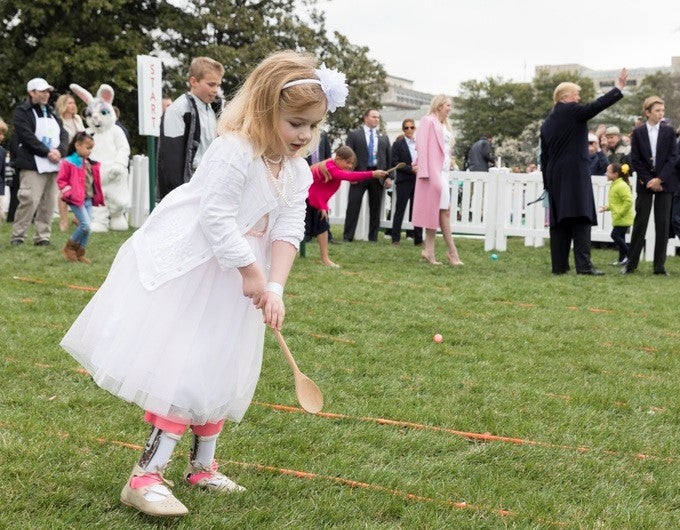
Often drawing as many as 35,000 parents and children on the South Lawn, the world-famous White House Easter Egg Roll is one of the most exciting events of the White House calendar.
This time-honored tradition was first established by President Rutherford B. Hayes in 1878 . What initially started as a few local families rolling eggs outside the White House on the first Monday after Easter , was extended when the growing crowds convinced President Hayes to invite young children to roll eggs inside the grounds of the White House Lawn instead.
If it hadn’t have been this kind gesture by the then president, the Egg Roll might never have happened, as members of Congress had already passed an Act banning egg rolling outside the White House as they deemed it be too disruptive.
The White House Easter Bunny holds celebrity status, and the giant 6-foot bunny suit has often worn by members of Congress, first wives, and a range of famous celebrities.
Anyone wanting to come and join in the fun must enter a lottery for a place. Children under 13 years are encouraged to attend, and the event is designed to promote healthy and active living. The lottery is usually held during February , and winners are notified via email the following month. There is no charge to enter the lottery , and attendance is literally by the luck of the draw.
Hot Tip: Commemorative White House Easter eggs can be purchased from the White House Historical Association online store and feature the president’s and the first lady’s signatures.
White House Visitor Center
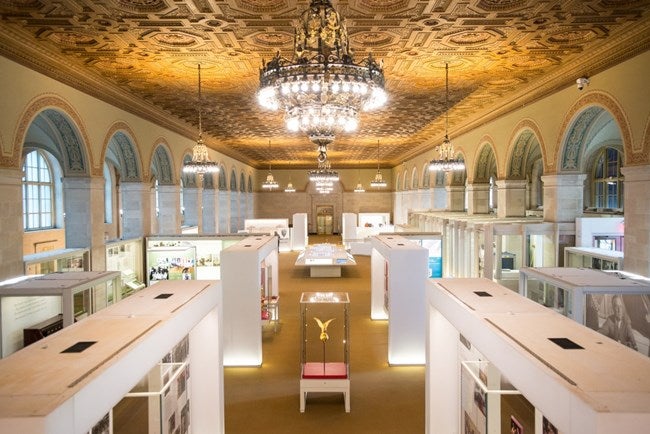
Located at 1450 Pennsylvania Ave., the White House Visitor Center is a great place to visit to find out about the history of the building itself, as well as discovering the customs and events that the White House is so famous for.
Offering just shy of 1,600 square feet of museum-quality exhibits and galleries , there is always something new to see at the Visitor Center. There are nearly 100 famous historical artifacts on display, including President Franklin D. Roosevelt’s desk and a host of other interesting pieces, many of which have never been on public display before.
The Visitor Center is also home to a large-scale model of the White House and a number of interactive exhibits , including a touch screen tour of the interior.
One of the biggest highlights is a 14-minute film, “White House: Reflections From Within,” that is shown every 20 minutes. It features Presidents Barack Obama, Jimmy Carter, Bill Clinton, George W. Bush, Ronald Reagan, and a few first ladies and other family members reminiscing about their time in the White House. This is a popular attraction within the Visitor Center and a must-see whether you have managed to secure a place on a White House tour or not.
The White House Visitor Center is operated by the National Park Service . It is housed in historic Baldrige Hall in the Department of Commerce building. In 2014, the center was renovated to offer extra space in which to house a permanent museum gallery, a temporary exhibit area, an improved book sales area, and further visitor information facilities.
The White House Visitor Center is open every day from 7:30 a.m. to 4 p.m. except for Thanksgiving, Christmas, and New Year’s Day . It is free to enter and can be visited in conjunction with a White House tour if you are lucky enough to get on one, or as a stand-alone attraction.
President ’s Park
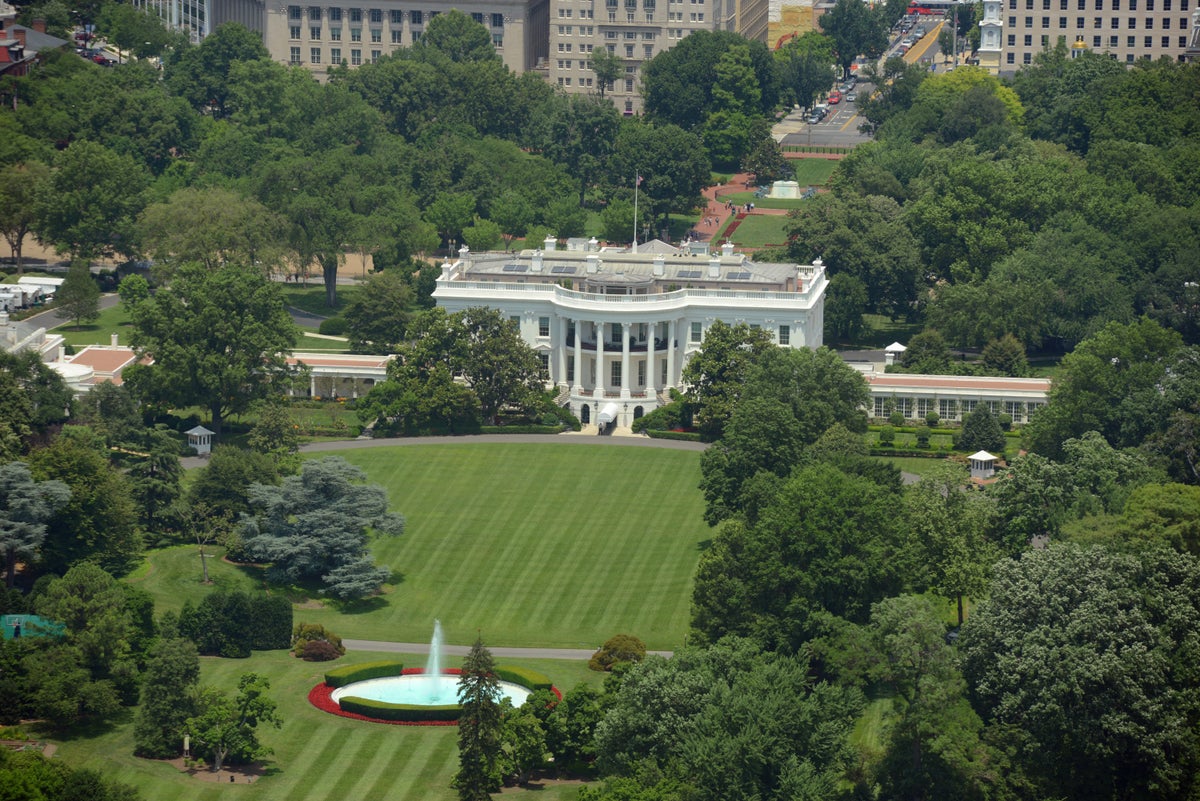
Located at the heart of downtown Washington, D.C., President’s Park offers 82 acres of stunning open space that includes the parkland and gardens surrounding the White House . The park is home to some of the most famous statues, memorials, and structures in Washington, D.C., and the park is open to visitors all year round.
Throughout the years, the President’s Park has played host to many important events in history. These include marches and rallies held by suffragettes, freedom fighters, and anti-war protestors, as well as welcoming thousands of visitors to enjoy the annual Easter Egg Roll and the lighting of the National Christmas Tree.
The National Park Service promotes 2 very distinct sides of the park for visitors to explore.
Beginning at the White House Visitor Center, visitors can proceed up to 15th Street to Lafayette Park on the Northern Trail . First opened in the 1820s, and redesigned in the 1960s, the park has been used as a race track, a slave market, an encampment for soldiers, and many other things along the way.
The park is also home to St. John’s Church, often referred to as the “Church of the Presidents,” and the whole area became a designated National Historic Landmark in 1970.
Statues and Monuments
The park is home to a number of statues that commemorate the many heroes who helped America during times of war. These include:
General Sherman Statue
Civil War General William Tecumseh Sherman has his very own bronze statue that features a square platform with a bronze soldier at each corner. These represent the 4 branches of the U.S. Army: infantry, artillery, cavalry, and engineers.
General Lafayette Statue
Located at the southeast corner of Lafayette Square, this bronze statue was erected in 1891 and portrayed the Marquis de Lafayette petitioning the French National Assembly for assistance to the Americans in their fight for independence. On an adjoining pedestal, there is a bronze female figure, symbolizing America, turning toward him and imploringly lifting a sword.
General Kosciuszko Statue
Commemorating Polish patriot Thaddeus Kosciuszko and his life-long dedication to fighting for freedom in America and Poland, this bronze memorial is located in the northeast corner of Lafayette Park.
General Jackson Memorial
Located in the center of Lafayette Park, this statue portrays General Andrew Jackson reviewing his troops at the Battle of New Orleans. Depicting the general and his horse, the statue was dedicated on January 8, 1853, on the 38th anniversary of the Battle of New Orleans.
General von Steuben Statue
Portraying Baron Friedrich Wilhelm von Steuben (1730-1794) as he inspects American troops during the American Revolution, this statue recognizes not only his leadership but his commitment to raising the standards of sanitization for soldiers during the war.
General Rochambeau Statue
This French general commanded 5,500 Royal French Expeditionary Forces to help with the American forces during the war. The statue depicts Rochambeau directing his troops, as well as a female figure, Liberty, who raises 2 flags in her left hand, symbolizing the unity of the U.S. and France.
Blair-Lee House
Serving as the official guesthouse for the president, Blair-Lee House was built in 1824. Various presidents and foreign dignitaries have stayed at Blair-Lee House throughout the years, and even today, many foreign heads of state are invited to stay there while visiting with the president.
Baruch Bench of Inspiration
Bernard Baruch was a wealthy financier from New York City who also served the country as an economic advisor during both World War I and World War II. Legend has it that he hated been driven to the White House and preferred instead to sit on a bench and wait for a signal that the president was ready to meet him.
In his honor, a commemorative bench with a bronze plaque set in granite block was dedicated on August 16, 1960, Baruch’s 90th birthday.
Navy Yard Urns
These huge ornamental bronze urns were cast using a melted cannon from the Civil War. They sit on giant pedestals at the center of Jackson Place and are a reminder of the hard-fought battles undertaken by Americans during the Civil War.
The Southern Trail begins at the White House Visitor Center and proceeds onto the Ellipse grounds, following a clockwise route around the parkland.
Monuments and Memorials
Butt-millet memorial fountain.
This tranquil fountain was erected to commemorate the deaths of Major Archibald Wallingham Butt and Francis Davis Millet. They both lost their lives on the RMS Titanic in April 1912. The fountain was also designed to double as a water fountain for the horses ridden by U.S. Park Police while on patrol.
Second Division Memorial
Erected to honor the 17,660 dead who served in the U.S. Army during World War I, this memorial was later extended to include a memorial to some of the most significant battles in World War II and the Korean War. It serves as a place of quiet contemplation and remembrance.
Original Patentees Memorial
This simple granite shaft was erected to remember the original 18 patentees whose land grants embraced the site of the federal city. Each side of the monument contains a relief panel carved with a symbol of the early pioneers’ agricultural pursuits, and the names of the original landowners are inscribed on the base.
Boy Scout Memorial
Dedicated to the Boy Scouts of America, this statue stood on the site of the first-ever Boy Scout Jamboree in 1937. The bronze statue consists of 3 figures that represent the aspirations of all past, present, and future Scouts throughout the world. There is also a female figure that symbolizes enlightenment with the love of God and fellow man, justice, freedom, and democracy.
The Zero Milestone
This 4-foot-high shaft of pink granite is the official starting point for the measurement of highway distances from Washington, D.C. It was built to mark the starting point of the first transcontinental military motor convoy that traveled from Washington, D.C. to San Francisco.
First Division Monument
This was built in remembrance of the heroism of the soldiers of the First Division of the American Expeditionary Forces who gave their lives during World War I. Further additions were made to also commemorate those who died in both World War II and the Vietnam War, as well as the Gulf War.
Bulfinch Gatehouses
Both of these gatehouses were build to oversee the U.S. Capitol grounds, and since 1889 they have weathered several floods, water, and the effects of acid rain.
The Ellipse
As perhaps one of the most famous areas of President’s Park, the Ellipse is a large open area surrounded by an oval drive. Over the years, the site has been used as a trash dump, horse pens, and even a slaughterhouse, but it is now often the meeting place for demonstrations and celebrations.
The National Christmas Tree
Every Christmas, local public schools erect a Christmas tree on the Ellipse. This age-old tradition is a highly anticipated event, and each succeeding president has participated in since 1923.
Best Place to Take Pictures of the White House
A visit to Washington, D.C. would not be complete without taking a series of snaps of the White House. There are various ways to capture awesome images of one of the world’s most iconic buildings, even if you can’t get right up close to it.
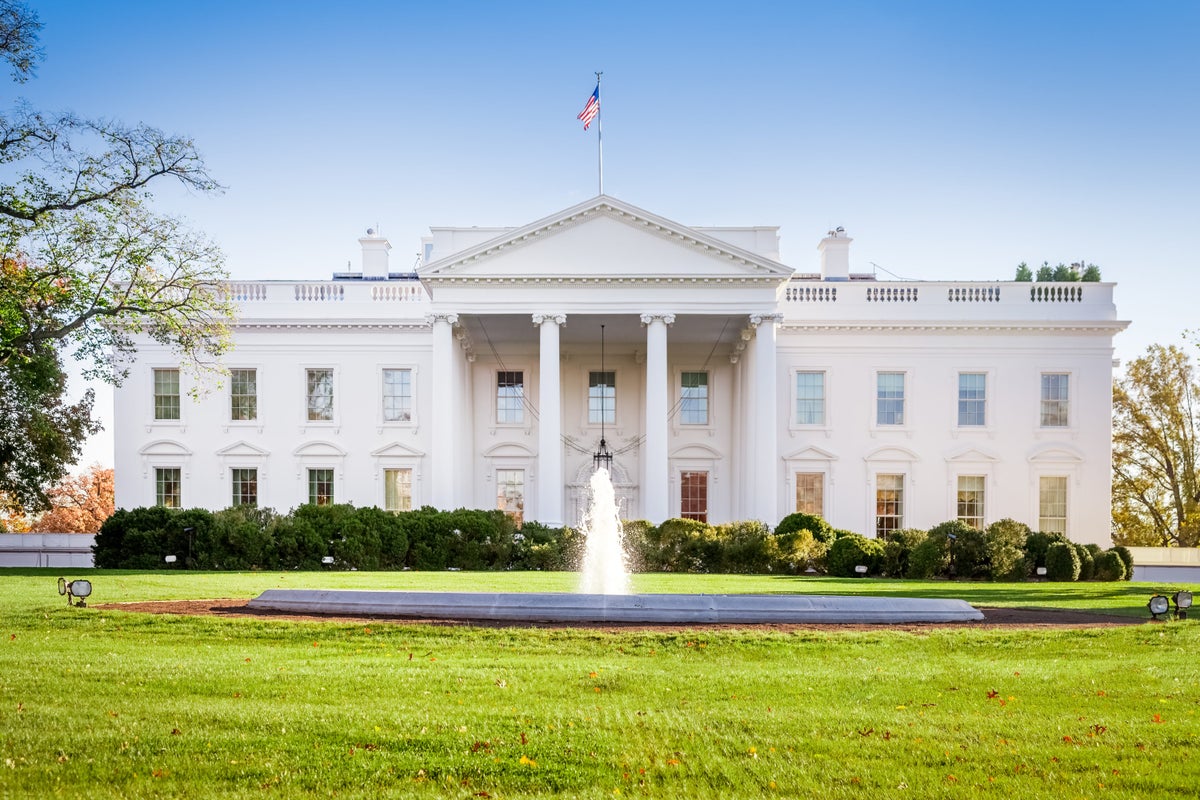
This view of the White House is one of the most famous images in the world. There is a fair distance between the sidewalk and the White House (as you would expect), but it is not impossible to get great pictures.
If you want to pass off the impression that you are inside the grounds of the White House, find a gap in the fence that is big enough to slip your digital camera through. Taking a picture of the White House straight on can make it look like it leans backward slightly. This is because there are no parallel vertical lines in the historical building.
You can either go with it and enjoy its imperfections or if you want your images to look super fancy, use the lens correction tool in Photoshop to fix this.
If you don’t mind seeing the fencing in your photographs, there are also some awesome images to be captured from Lafayette Park, where you can add stunning seasonal flowers into the foreground, too.
The South Side and E Street
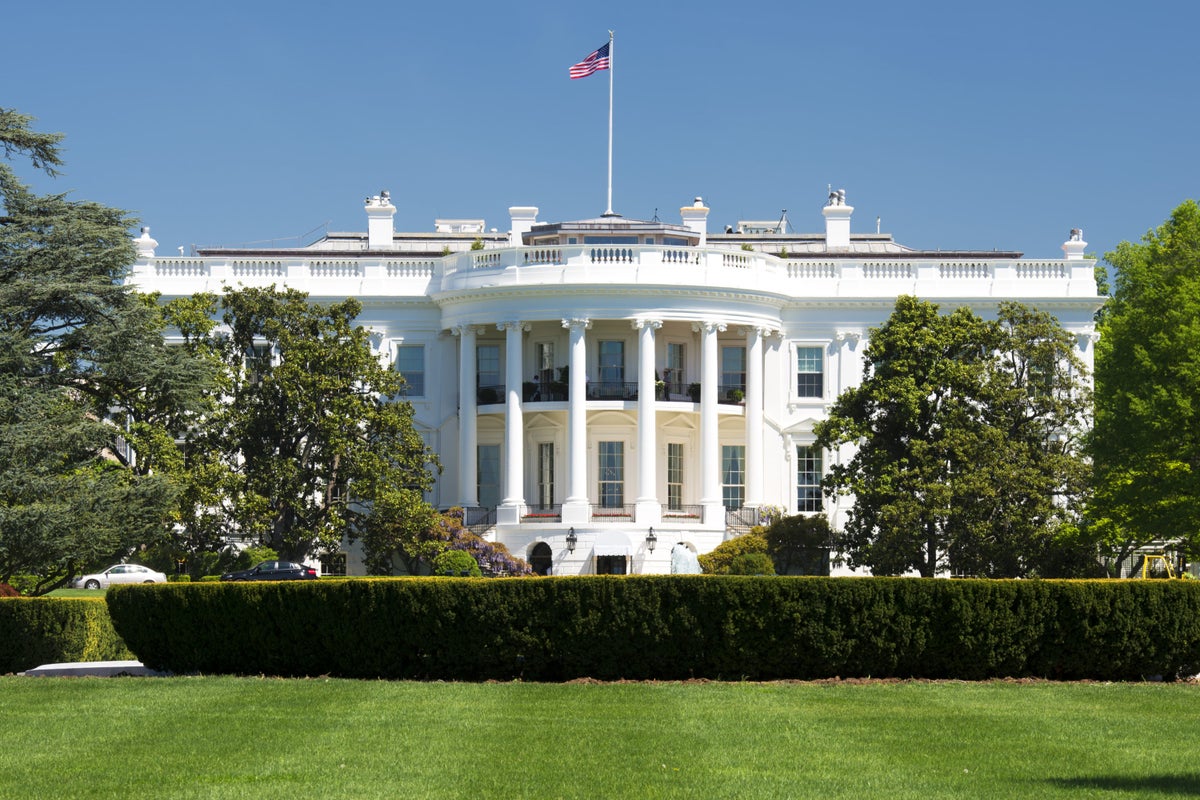
On the south side of the White House, there are lots of trees that line the South lawn, which can be prohibitive to your view. There are, however, 2 walkways on E Street that offer you some excellent photographic opportunities.
You can take images through the fence on the north side of the street, or cross over to include people and bustling street scenes to add a sense of perspective.
Taking a short walk further away from the building itself, the Ellipse offers the opportunity for some excellent shots, and if you are lucky, you may be able to get Marine One in there, too. The base of the Washington Monument on Constitution Avenue offers some interesting viewpoints as well, as it has a slightly elevated position.
When to Take Pictures
Different seasons and times of the day offer different opportunities to capture the perfect picture. During the holiday season, the National Christmas Tree is bright and festive, with the White House providing a beautiful backdrop to great Christmas images, while the gardens around the White House look fantastic in both spring and fall.
Summer is the busiest time of year for visitors, so capturing images without bystanders is nearly impossible, but they can add an extra layer of perspective to your finished shots. Early morning and early evening shots add atmosphere, as the building looks magical lit up at night.
Bottom Line: No matter where you find yourself in the surrounding streets and parklands, you should still be able to take photographs that will keep your memories alive.
George Washington Never Lived There
Although he was responsible for commissioning the construction of the White House, his term ended 3 years before the building work was completed, and a year after he died. He is the only U.S. president never to have lived in the White House during their term in office.
He Was Responsible for the Design of the Oval Office, Though
The Oval Office was first used in 1909, and the oval shape was inspired by Washington’s love of unusually shaped rooms. He was believed to have preferred rounded shaped rooms at his home in Philadelphia, as he felt it made them more suitable for hosting formal gatherings.
The White House Was Built by Slaves
Controversial, but true, White House records show that the house was built by African American slaves who were trained as quarrymen, bricklayers, and carpenters to help complete the building project. This fact was brought to the attention of the American public by former first lady, Michelle Obama.
The White House Had No Electricity for Almost 100 Years
The White House was lit by gaslight right up until 1891 when the electricity system was first installed. The idea of electric lighting was still pretty novel at the time, and President Benjamin Harrison was worried about the dangers of touching a light switch. To protect himself throughout his time in office, he always had someone else switch the lights on and off for him.
It Didn’t Have Indoor Bathrooms for Decades, Either
Indoor plumbing systems were not part of the original design of the White House back in 1800. In fact, it wasn’t until 1833 that any kind of indoor plumbing was installed, and even then, not all of the bathrooms had hot and cold running water until some 20 years later in 1853.
It Was, However, One of the First Accessible Government Buildings
President Franklin Delano Roosevelt was responsible for ensuring that the White House was and still is, entirely wheelchair accessible. Having suffered from polio, FDR was paralyzed below the waist and spent his time in office bound to a wheelchair.
Because of this, he took it upon himself to add elevators and ramps throughout the White House, making it one of the first wheelchair-friendly buildings in Washington, D.C. and possibly the U.S.
At Least 10 People Have Died in the White House
With such a high turn over of residents, it should come as no surprise that several people have passed away within the confines of its walls, too. Famous demises include Presidents William Henry Harrison and Zachary Taylor, as well as first ladies Letitia Tyler, Caroline Harrison, and Ellen Wilson, too.
It Is Said to Be Haunted
Many residents, staffers, and guests have all claimed to feel the power of the paranormal during their time at the White House. To this day, rumor has it that the ghost of Abraham Lincoln still walks the hallowed halls and corridors, and there have been many reported sightings of him throughout the house.
There Is a Secret Entrance
The White House has a secret entrance that is only used by the president and secret visitors. This is not unusual in high-profile buildings, but to enter via the secret entrance at the White House, visitors must go through 2 tunnels and an alleyway before reaching the basement.
This intricate entrance system was originally designed during World War II when there was an underground bomb shelter that sat beneath the White House.
There Is Also an Underground Swimming Pool
The White House has an outdoor pool that is enjoyed during warmer months, but it also has an interior pool hidden beneath its floors. First opened in 1933 for use by President Franklin D. Roosevelt, the pool still exists today and can be found directly under the Press Briefing Room.
And a Dentist’s Office
If the president suffers from a sudden toothache, a lost crown, or a broken filling, there is a dentist on-site to deal with that. The basement of the White House is home to a dedicated dentist’s office, as well as plenty of other useful services, including a chocolate shop and a florist.
Tom Hanks Gifted Coffee Machines for the Press Briefings at the White House
During a tour of the White House back in 2004, the actor was surprised to see that there were no refreshment services for reporters who attended press briefings at the White House. Hanks immediately sent a coffee machine to be used in the Press Briefing Room and has upgraded the original machine twice since then.
In 2017 he sent a $1,700 espresso machine along with a note that read, “Keep up the good fight for truth, justice, and the American way. Especially for the truth part.”
The White House Nearly Fell Apart
During the Great Depression, there was very little money in the kitty for much-needed maintenance and repairs. Creaking floorboards, a leaking roof, weakened wooden beams, and swaying balconies all put the White House at risk of collapse, but the ongoing damage to the structure was not fully discovered until much later in 1948 when it was fully renovated.
The Current White House Is Not the Original One
During the invasion in 1814, the British burned the White House down, just 14 years after it had been completed. While the modern-day building has stood for hundreds of years, much of the original building was lost to the fire, and the rebuild was not completed until 4 years later.
The West Wing Wasn’t Always There
Home to some of the most famous rooms within the White House, the West Wing wasn’t actually even built until the early 20th century.
In 1902, Teddy Roosevelt called to have an executive office building built alongside the residence. President Taft doubled the wing’s size in 1909, which included the Oval Office, making President Taft was the first-ever president to use it.
It Has Been Home to a Wide Variety of Animals
Each new presidential resident and their families are welcome to bring their pets with them when they move into the White House.
This means that over the years, it has been home to lots of cats and dogs, as well as a variety of more unusual animals. These include a raccoon, opossums, and even a pair of tiger cubs that were gifted to President Van Buren.
It Is Also Home to a 7-Seat Hot Tub
Former President Bill Clinton was gifted a 7-seat hot tub that is installed near the South Lawn next to the swimming pool.
Due to rules and regulations on “gifting” items to members of Congress, the hot tub had to be donated as a legitimate therapy appliance. A spokesperson for President Clinton said at the time that the hot tub did indeed help with his injured knee.

It Wasn’t Always Called the White House
Over the years, the building we know as the White House has had a number of different names. Originally known as the President’s Palace, its name was later changed to Executive Mansion sometime around 1810.
It wasn’t actually until 1901 that President Theodore Roosevelt officially adopted the name White House and it has been known by that name ever since.
Nothing Comes for Free
It may surprise you to know that even the presidential family doesn’t get fed for free in the White House. While they don’t have to pay rent or bills while they live there, they are responsible for the costs of their personal food, dry cleaning, toiletries, and even the wages for waiters and other members of staff they employ for private events.
These costs are usually just deducted from their salary.
The Famous Resolute Desk Was Found on an Abandoned Ship
The Resolute Desk in the Oval Office was originally part of an abandoned British Navy vessel found off Baffin Island in the Arctic.
When the ship was decommissioned by the U.K., its oak timbers were used to create a desk weighing more than 1,000 pounds that Queen Victoria later gifted to President Rutherford Hayes.
To this day, we still see the presidents sign orders from behind this fabulous piece of furniture.
Many visitors choose to stay close to the White House during their visit. Here are some of the best to choose from.
Willard InterContinental Washington
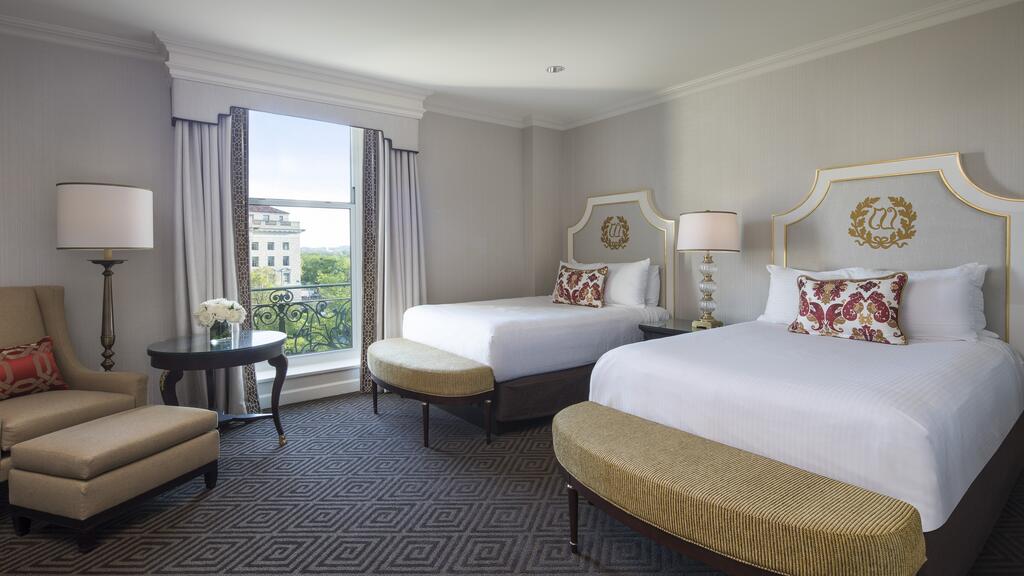
This historic hotel is located on the world-famous Pennsylvania Avenue and has been a D.C. landmark for over 200 years. Offering executive suites and luxurious guest rooms, this 5-star hotel has stately interiors and is just a short walk the White House itself.
Stay in style surrounded by city or courtyard views, Keurig coffeemakers, and suites with separate living areas, whirlpool tubs, and even their own foyers. All guests are invited to enjoy the use of the beauty and wellness treatments available at the Mynd Spa and Salon.
You can dine at the authentic French brasserie, Cafe Du Parc, or take advantage of the full concierge service who can help you to make the most of your trip to one of America’s oldest cities.
The Hay – Adams
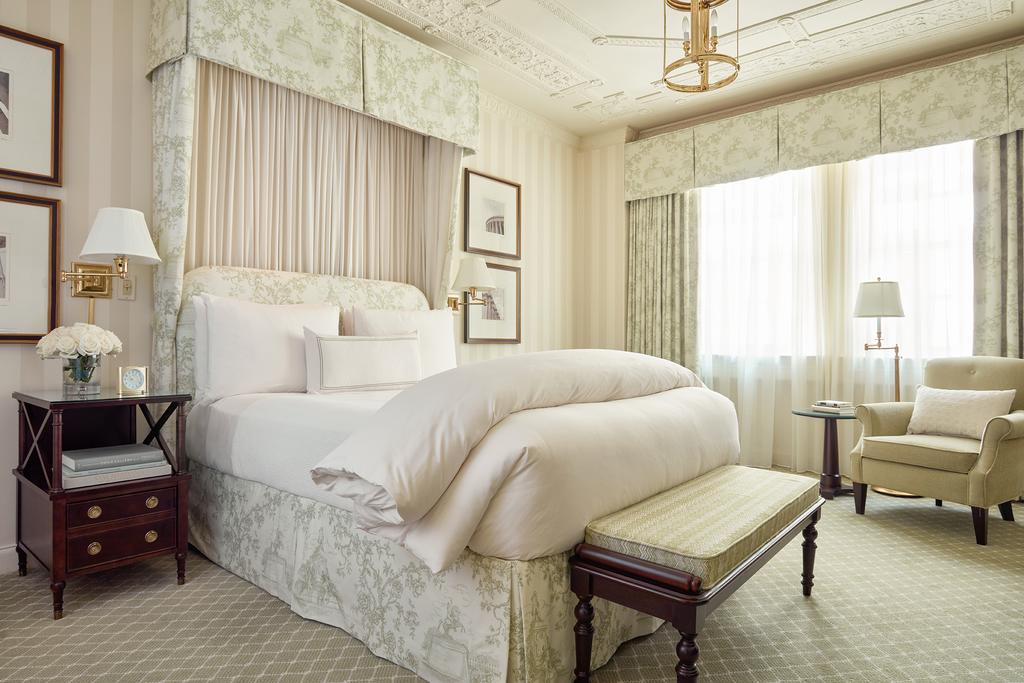
This luxury hotel offers unparalleled White House views from its position on the National Mall, and it is as popular with visitors as it is with Washington, D.C. insiders. Elegant interiors paired with first-class service and facilities make this 5-star hotel one of the most sought after in the city.
Bedrooms are upscale and very well appointed, with many offering fabulous views out across the National Mall. The wood-paneled walls, ornate fireplaces, and chandeliers found in the communal areas give the hotel an incredibly grand feel, and visitors may even recognize The Hay-Adams from television shows, including House of Cards and Homeland.
With a busy bar, a fitness center, and one of the city’s best restaurants all on-site, this hotel offers an authentic taste of upscale D.C.
JW Marriott Washington
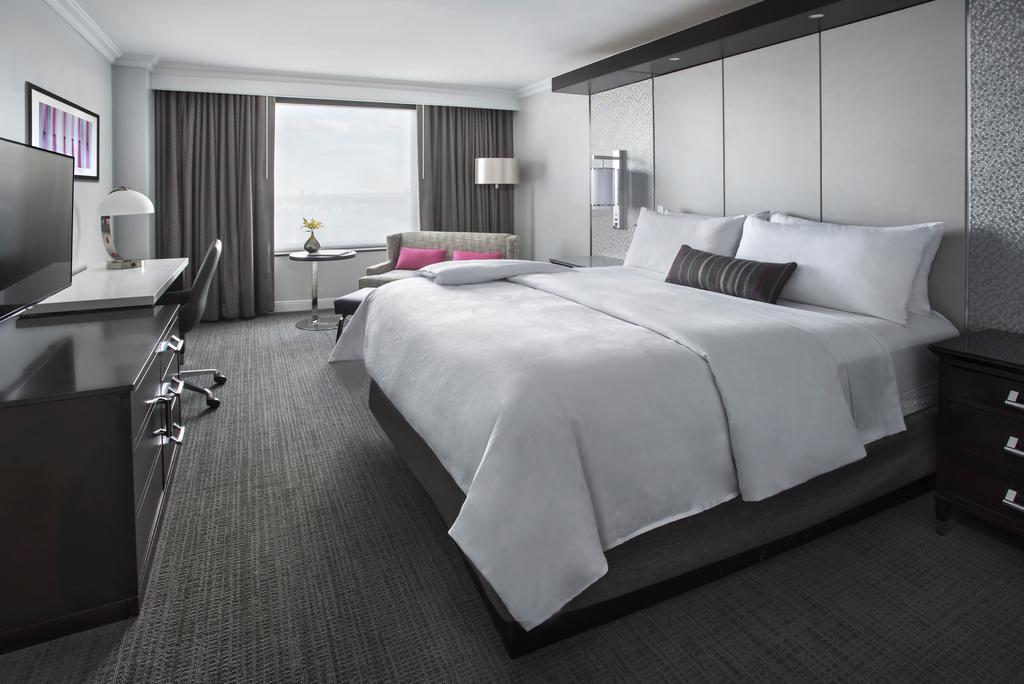
Brilliantly located for visiting the White House and numerous other political and cultural landmarks in D.C., this renovated hotel offers luxurious lodgings on Pennsylvania Avenue. This is a modern hotel that has a bright and airy feel, with contemporary bedrooms and plenty of minimalist touches.
Guests love the large windows with fabulous views out across the city, as well as spacious bedrooms and bright and practical communal spaces. The hotel is also home to The Avenue Grill that serves up casual American fare, as well as a lively bar with a daily happy hour and a Starbucks coffee shop. This hotel offers affordable 4-star accommodation in the heart of D.C.
Sofitel Lafayette Square
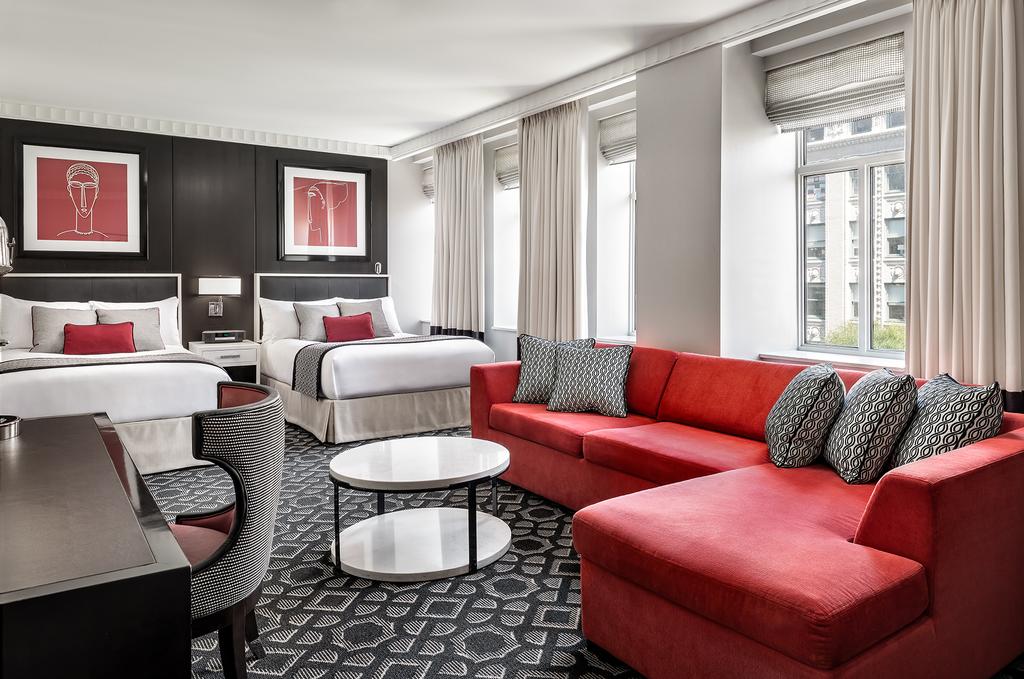
This glamorous Art Deco style hotel sits just 1 block away from the White House and adds a touch of European flair to this most American of cities. With opulent interiors and seductive French flair, this 5-star hotel is located at the heart of the finest shops, restaurants, and landmarks the city has to offer.
Bedrooms are plush and well-appointed with tall windows and luxury linens, while the communal areas feel decadent. Guests are welcome to enjoy the great-tasting fare at the ICI Urban Bistro or join fellow guests for a cocktail or 2 at the bar. There is also a large basement fitness center, and spa treatments can be ordered to your room.
Club Quarters Hotel
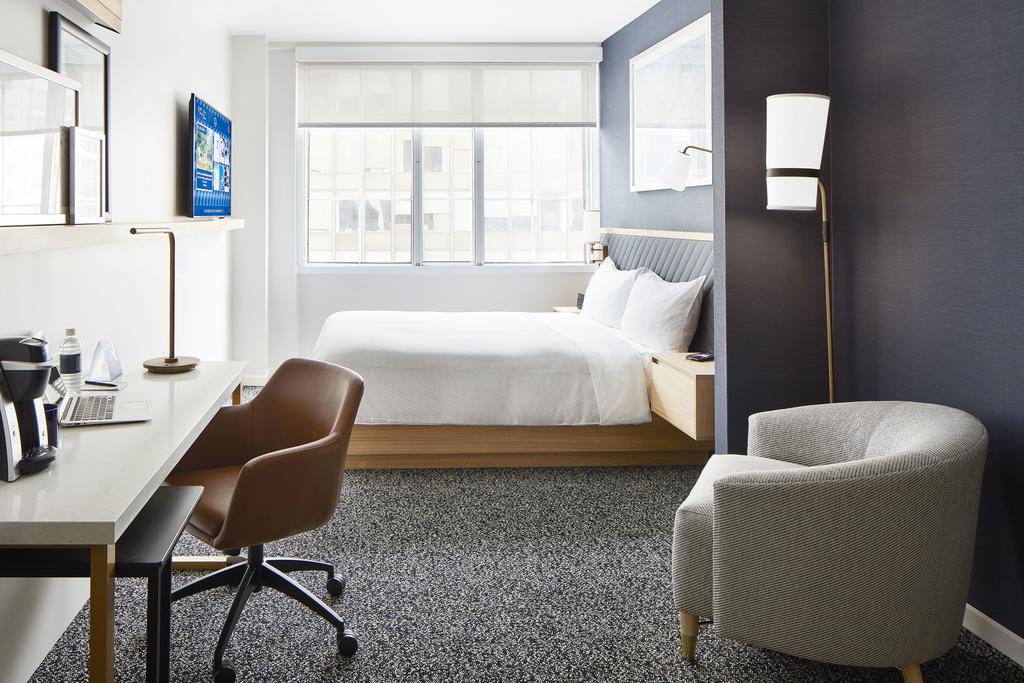
This mid-range hotel offers comfortable and affordable accommodation just 2 blocks from the White House and right next to Farragut West Metro station, therefore affording easy access to the entire city. Designed very much with business travelers in mind, this hotel offers collaborative workspaces with super-fast Wi-Fi, wireless printing, and Mac and PC workstations.
Bedrooms are bright and airy and offer sleek interiors complete with yoga mats and resistance bands, while suites add kitchenettes and separate living areas. The hotel is also home to the Cafe Soleil that serves up fun, French-inspired food for breakfast, lunch, and dinner.
Hot Tip: Looking for even more hotels? Explore our best hotels in Washington, D.C. to book with points.
No visit to Washington, D.C. would be complete without a trip to see one of the most famous buildings in the world. Home to presidents for hundreds of years, the city is steeped in history.
If you are lucky enough to secure a place on an official White House tour, you will not be disappointed. But even if you are unable to get inside the building itself, there is still a wealth of attractions, landmarks, exhibitions, and open spaces for you to enjoy in the world-class parks and open spaces around the White House.
Frequently Asked Questions
How can i get tickets to visit the white house.
You can get tickets to visit the White House through your member of Congress only. These tickets have to be requested a minimum of 3 weeks in advance and can be requested as early as 3 months prior to your tour date.
Is it free to visit the White House?
Yes, White House tours are free of charge and self-guided. The tours run from 7:30 a.m. to 11:30 a.m. Tuesday through Thursday and 7:30 a.m. to 1:30 p.m. Fridays and Saturdays. You must request tickets through your member of Congress.
Can you tour the Oval Office?
White House tours do not include the Oval Office and tours of the West Wing are usually reserved for VIPs or guests of the president.
Was this page helpful?
About Amar Hussain
Amar is an avid traveler and tester of products. He has spent the last 13 years traveling all 7 continents and has put the products to the test on each of them. He has contributed to publications including Forbes, the Huffington Post, and more.
INSIDERS ONLY: UP PULSE ™

Get the latest travel tips, crucial news, flight & hotel deal alerts...
Plus — expert strategies to maximize your points & miles by joining our (free) newsletter.
We respect your privacy . This site is protected by reCAPTCHA. Google's privacy policy and terms of service apply.
Related Posts
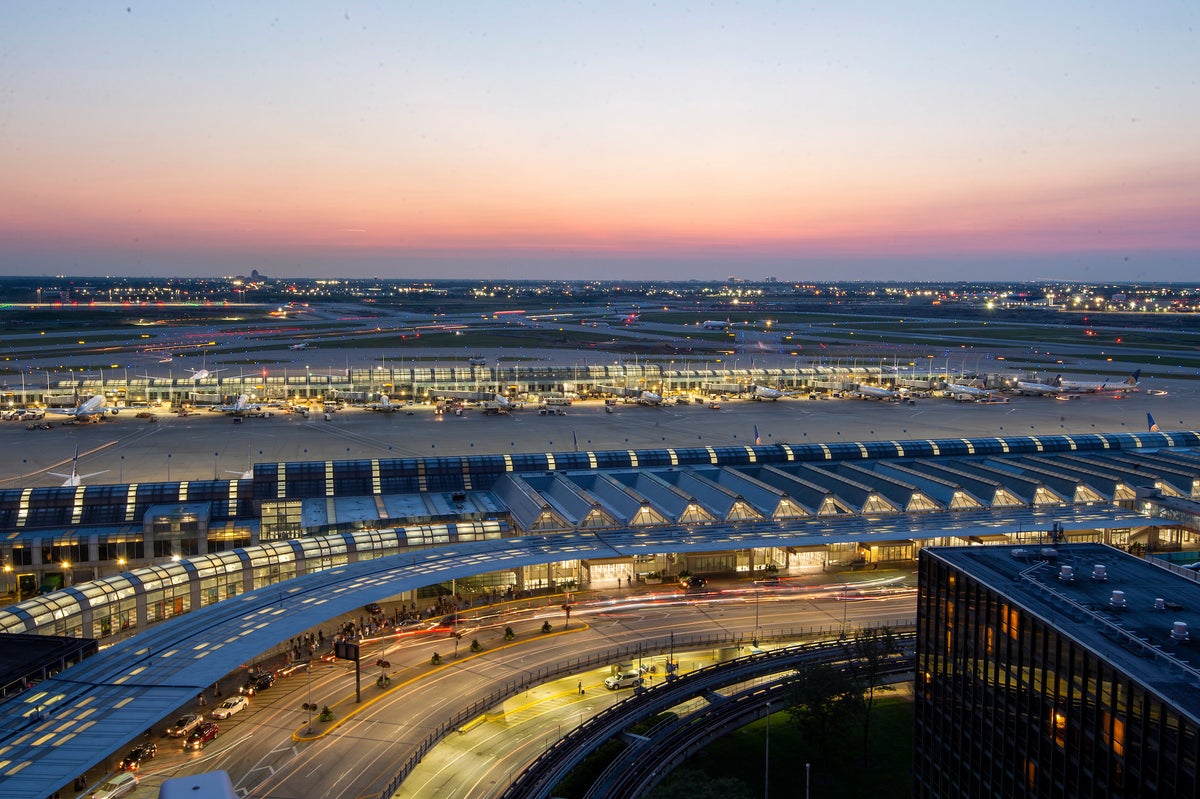
UP's Bonus Valuation
This bonus value is an estimated valuation calculated by UP after analyzing redemption options, transfer partners, award availability and how much UP would pay to buy these points.
How Can I Tour the White House in Washington, DC?
Everything you need to know about planning a visit to the country’s most famous house., requesting a white house tour.
Touring the White House requires some advance planning. Public tour requests must be made through your member of Congress ( find your member of Congress and contact information ) and submitted up to three months in advance and no less than 21 days prior to your visit. If you're an international visitor and wish to schedule a tour, please contact your home country’s embassy in Washington, DC.
You are encouraged to submit your tour request as early as possible as tours fill up quickly and a limited number of spaces are available. Tours are filled on a first-come, first-served basis. All White House tours are free. Please note tours are subject to last-minute cancellations based on the official White House schedule.
Public, self-guided tours are 45 minutes and are run between 8 a.m. and 12:30 p.m., Tuesdays through Saturdays unless otherwise noted. For complete details on White House tours, visit the White House tours and events page or call the White House Visitors Office 24-hour information line at (202) 456-7041. The White House is located at 1600 Pennsylvania Avenue NW.
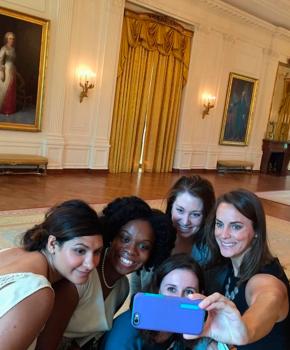
Touring the White House - Washington, DC
What to expect on a White House tour
If there is a tour slot available during your visit to DC, you will be given a specific date and time to arrive and be instructed on where to check in. All guests over 18 years old will be required to present a valid, government-issued photo ID upon check-in. Foreign nationals must present their passport. Please bring as little as possible (avoid backpacks, food, large handbags, bottled water, etc.). Note that smartphones and compact cameras with a lens no longer than 3 inches are permitted on the public tour route, but video recording devices and flash photography are not allowed inside the White House. Visitors will go through security prior to entering the White House. There are no restrooms available at the White House. The closest restroom is located at the Ellipse Visitor Pavilion nearby.
Public tours of the White House include the public rooms in the East Wing, which includes the Blue Room, Red Room and Green Room; the State Dining Room; the China Room; and a view of the White House Rose Garden. Secret Service members are stationed in each room and are available to answer questions about the history and architecture of each room.
You can also visit the White House Visitor Center before or after your tour.
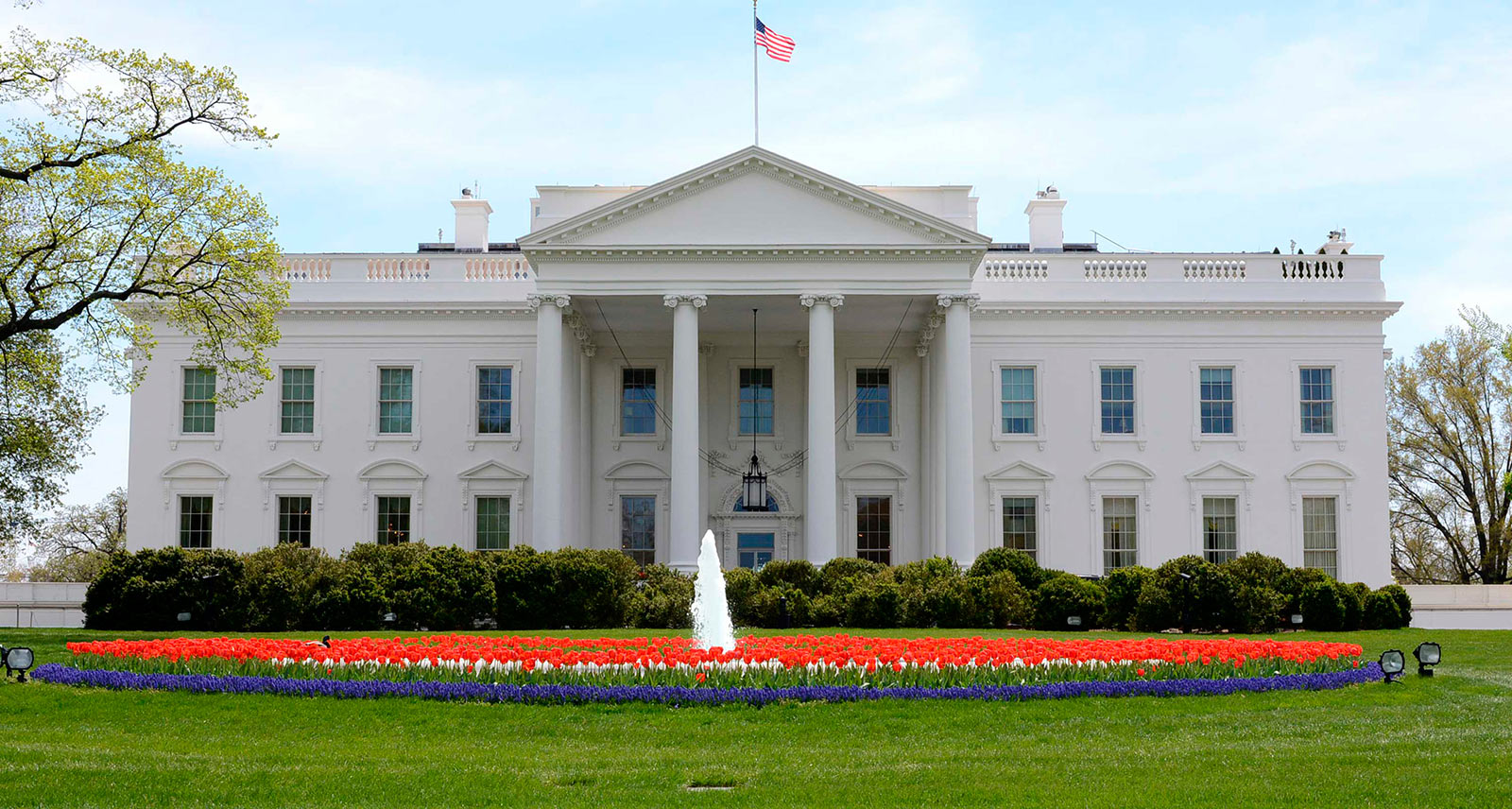
Stephen Melkisethian
How to get to the White House
The closest Metro stations to the White House are Federal Triangle (Blue and Orange lines), Metro Center (Blue, Orange and Red lines) and McPherson Square (Blue and Orange lines). Please note there is NO PARKING near the White House. Public transportation is strongly encouraged.
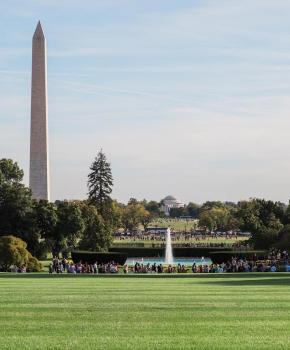
@abroadwife
How to tour the White House Garden
Another opportunity to visit the White House is to attend either its fall or spring garden tour. Check whitehouse.gov in early October and April. The announcement of the garden tours is usually made within a week or two of when they take place. Garden tours generally run for two consecutive days. They may be canceled due to poor weather. A ticket is required for all attendees (including small children). Usually, tickets are distributed by the National Park Service at the Ellipse Visitor Pavilion on 15th and E streets NW on each tour day beginning at 9 a.m. Review the announcement for specific details.
Will I still be able to see the White House without going on a tour?
While visitors are not allowed entry to the White House without requesting a tour through your congressional representative, you will still be able to see the White House from Pennsylvania Avenue NW at Lafayette Square and view the White House and the South Lawn from the Ellipse. Please note that a new fence is currently under construction at the White House, as the current 6-foot fence is being replaced by a stronger, wider fence that will be 13 feet.
Where can I store my belongings during the tour?
It is important to note that security at the White House is extremely high. If your hotel is nearby, we suggest leaving your belongings in your room during the tour. If this is not possible, there are a few other options. You can designate one member of your tour group to hold everyone’s belongings. That person can take the self-guided tour once his or her group has finished the tour.
If you're a ticketed Amtrak customer, you may be able to check luggage in advance at Union Station . These are located near Gate A. Lockers are available from 6 a.m. to 10 p.m. daily. A photo ID is required and lockers must be paid for via cash or credit in advance. Rates are $3-$6 per hour per bag depending on the size of your bag. For questions on bag storage, please call 202-906-3000.
Catch up on White House history with the free podcas t The 1600 Sessions and enhance your trip with the White House Experience app from the White House Historical Association. The app offers three tour experiences, including a virtual tour of the White House (with rooms you normally don't see on the tour), a neighborhood walking tour and a room-by-room guide for visitors on an in-person tour of the White House.
Now that you have read up on the White House, explore DC’s other awesome monuments and memorials .
More About DC
You may also like..
Free Things to Do: Theater & Performing Arts in Washington, DC
Everything You Need to Know About Washington Monument Tours & Tickets
Where to Enjoy an Outdoor & Drive-In Movie In & Around Washington, DC
White House tours are back: Here's what you need to know

I remember visiting the White House for the first time during former President George H.W. Bush's time in office.
A friend with a friend who worked in the Washington, D.C., landmark at the time — if that isn't a quintessential D.C. thing to say, I don't know what is — was couch surfing at my place and wanted to "pay" me with a tour of the presidential mansion.
For more TPG news delivered each morning to your inbox, sign up for our daily newsletter.
I happily accepted the offer and, not long after, found myself exploring the iconic building. In addition to checking out the usual rooms included in the tour, my friend scored us a peek inside the Oval Office, an experience I'll never forget.
Like many sites in D.C., the White House paused tours of its interior due to the COVID-19 pandemic. But after 14 months, the Biden Administration announced that tours will resume on Friday and Saturday mornings starting April 15.
As was the case before the pandemic, you can't just show up and ask for tickets. Instead, you'll need to plan your visit weeks in advance.
Before you finalize your itinerary, here's everything you need to know about White House tours, plus suggestions for where to stay nearby.
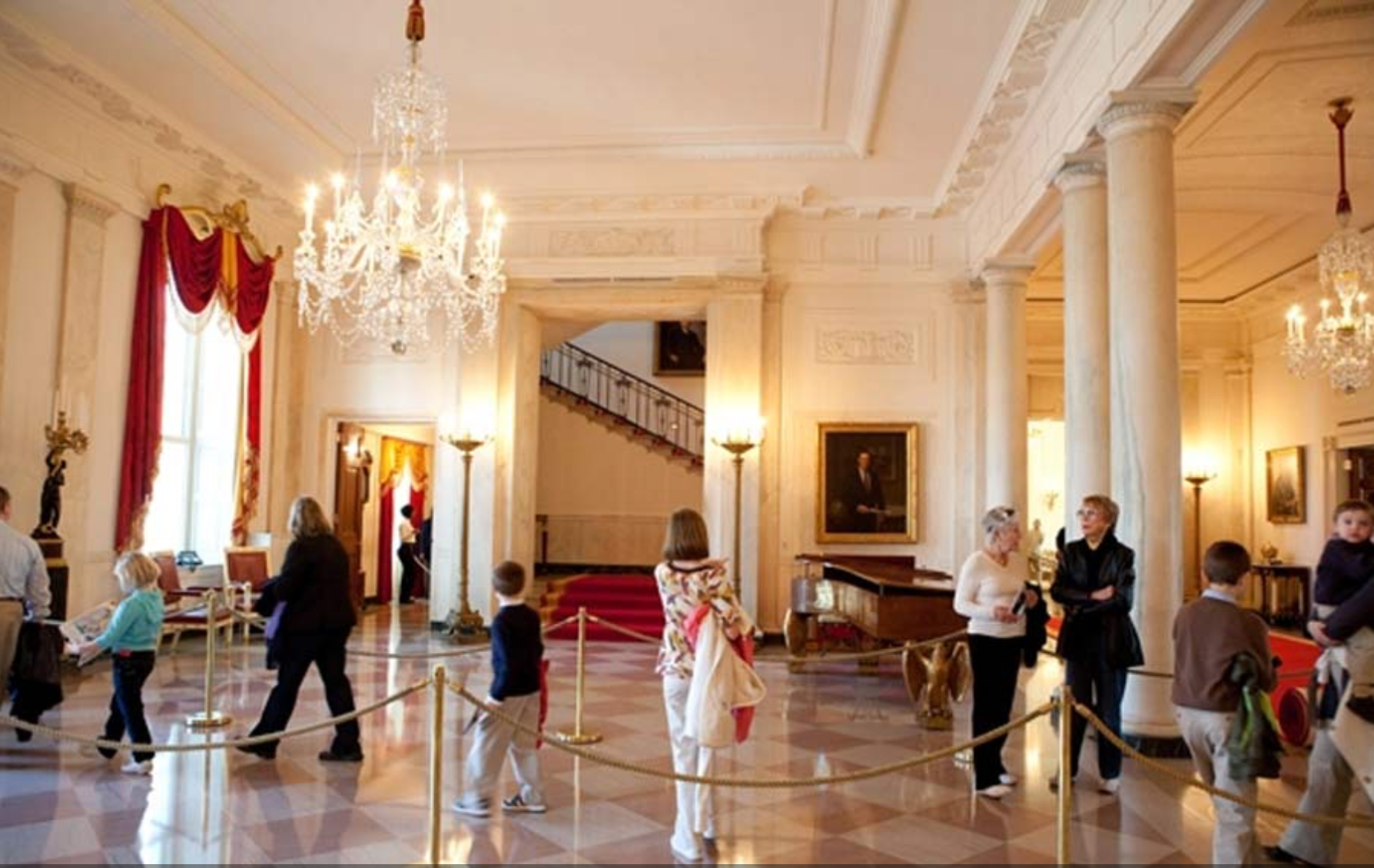
Although the White House is managed by the National Park Service, you can't reach out to the agency to get tickets. Instead, you'll need to request them from your member of Congress (or your embassy, if you're not a U.S. resident). You can do this between three months and 21 days in advance.
Tours are limited to Friday and Saturday mornings (excluding federal holidays or unless otherwise noted) from 8 a.m. to 12:30 p.m. and are scheduled on a first-come, first-served basis, so you'll want to request your tickets as early as possible.
When you submit your request, be sure to include three potential dates for your tour, as well as the number of individuals in your party. Try to avoid the Martin Luther King Jr. Day, President's Day, Memorial Day, Fourth of July, Labor Day, Veterans Day and Christmas holidays, as tickets are a lot harder to come by during these busy times.
While you'll have a set tour time when you receive your tickets, know that unexpected events may occasionally cause your tour to be canceled at the last minute. If this happens, you'll need to submit a new request for a tour.
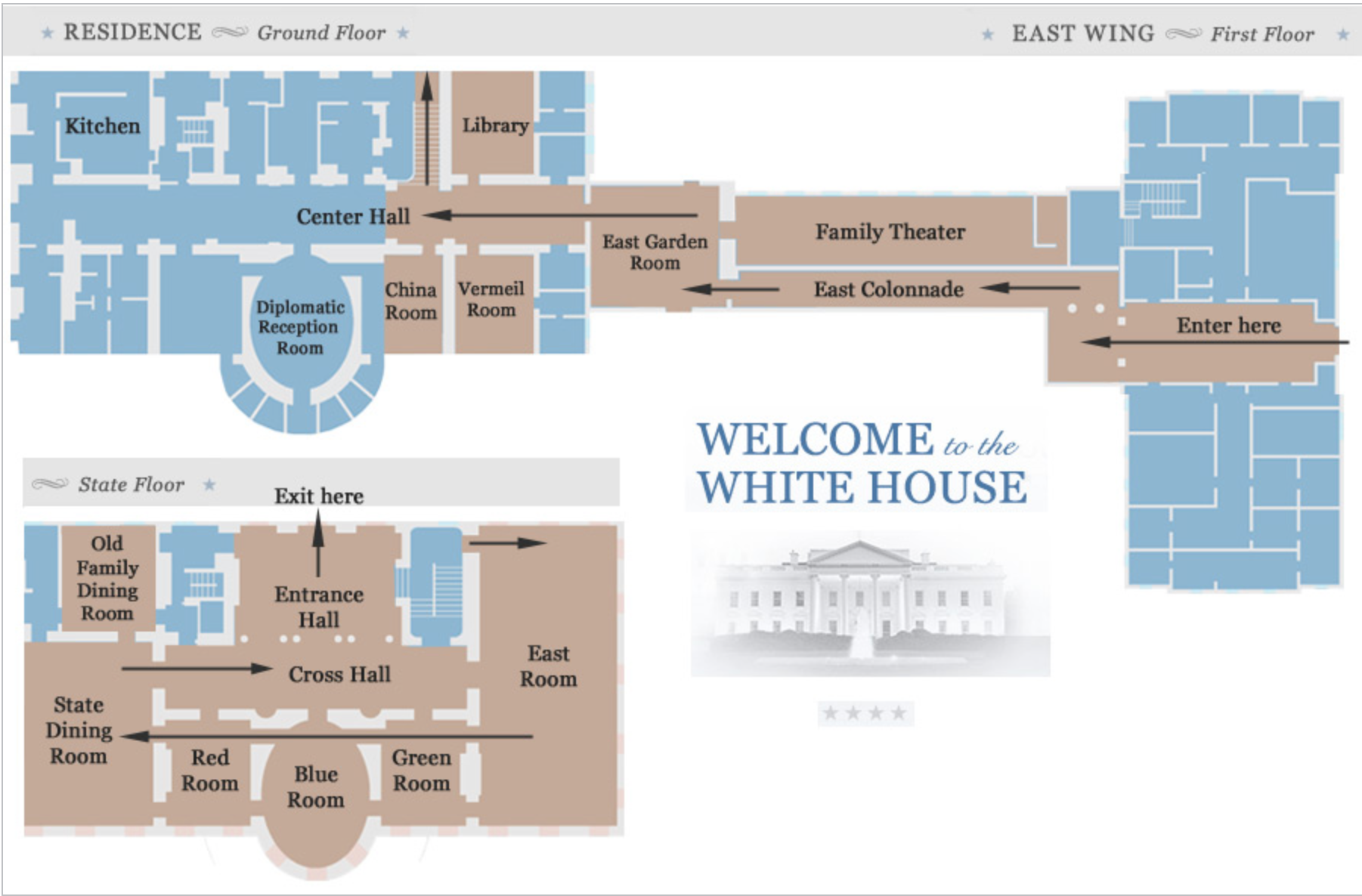
On the day of your tour, all members of your group who are 18 and older will need to present a valid government-issued photo ID, such as a driver's license or military ID (or a passport, if they're from another country). Each person's name, date of birth, city and state given for the reserved tickets must exactly match the government-issued photo ID presented.
While face masks are not required during the tour, they will be available on site should you want to wear one. Items you're welcome to bring on the tour include:
- Compact cameras with lenses shorter than 3 inches long.
- Umbrellas without metal tips.
- Small personal items like wallets and cellphones.
- Items needed for medical purposes, such as wheelchairs (which you also can request at the Visitors Entrance), medications and mobility aids.
Keep in mind, though, that the White House's strict security protocols mean certain items are not permitted inside. These include:
- Video cameras, cameras with detachable lenses, tablets, iPads, tripods, monopods and cameras sticks.
- Bags of any kind (handbags, purses, book bags, backpacks, diaper bags and camera bags).
- Any pointed object, including pocket knives.
- Food, liquids, aerosols, tobacco products and personal grooming items (makeup, lotion, etc.).
- Guns, ammunition, fireworks, electric stun guns, mace, martial arts weapons and devices, toy weapons and knives of any kind.
There is no storage available at the White House or the White House Visitor Center, so plan on keeping any prohibited items in your hotel safe or leaving them with a companion who isn't taking the tour.
What you'll see
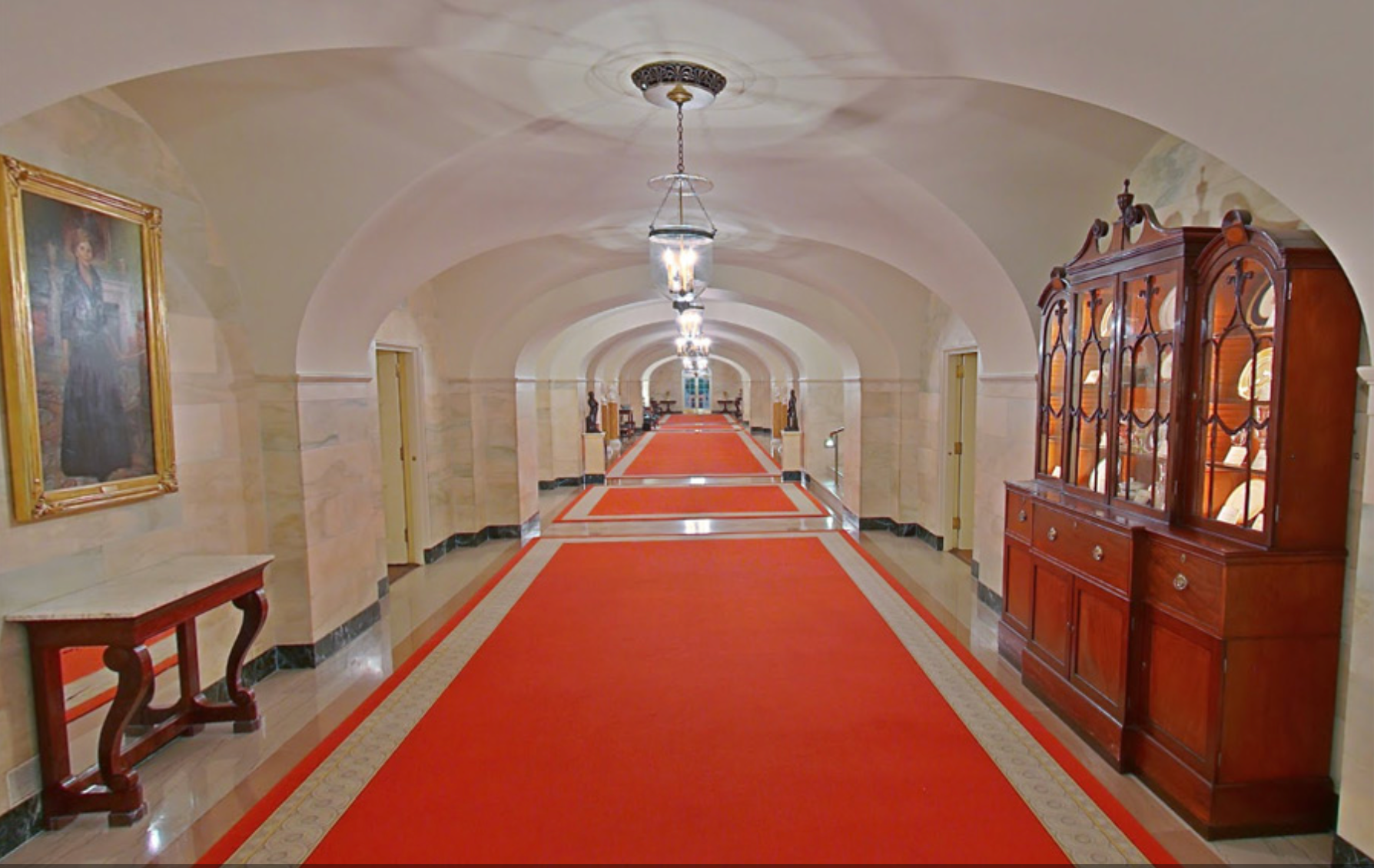
After you've made your way through security, you'll embark on an hourlong tour that includes stops at several well-known spots in the building, including the family theater, the East Room (which you may recognize from press conferences and special events), the State Dining Room (a banquet hall and ceremonial chamber for official events) and the Blue Room (a reception room famous for its decorations during the holiday season).
Depending on what's going on during your visit (or who you know), you may also have the chance to see other spaces like the Oval Office and the South Lawn, where Marine One (the presidential helicopter) lands and departs.
To supplement your White House tour, check out the adjacent White House Visitor Center . Open Wednesday through Saturday from 11 a.m. to 4 p.m., the center is home to roughly 100 historical artifacts and offers an interactive touchscreen tour of the White House.
There's also the nearby White House Historical Association retail store , which sells a great selection of souvenirs, including history books, jewelry, cherry blossom items and the official White House Christmas ornament.
Where to stay
Washington, D.C. is home to many chain, independent and boutique hotels, and luckily, some of the best ones happen to be within walking distance of the White House. Here are some of my personal favorites — and their current room rates for October 2022.
Related: Best hotel credit cards
The Hay-Adams
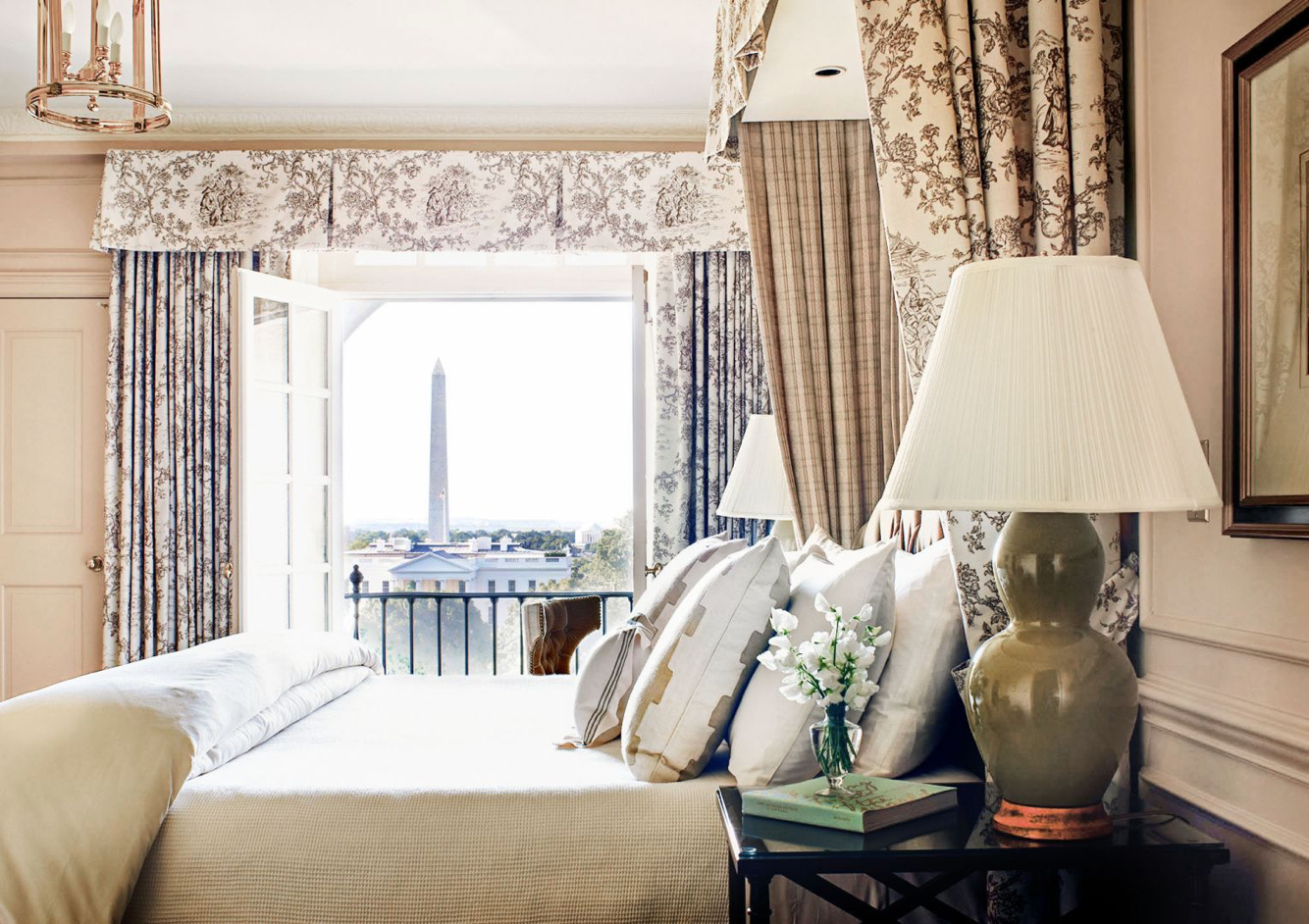
This historic hotel located between the White House and Lafayette Park regularly shows up on lists of the best hotels in D.C., and for good reason. If you play your cards right, you can snag a room with White House and Washington Monument views.
Speaking of views, the property's top-floor Top of the Hay has French doors that open onto a wraparound balcony with panoramic White House and city skyline vistas. It has a full-service rooftop kitchen, making it a terrific space for meetings and special occasions.
Since The Hay-Adams is a boutique hotel, it does not participate in any major brand's loyalty program. As a result, you'll need to pay cash for your stay. Standard superior rooms start at $439 a night.
Hotel Washington
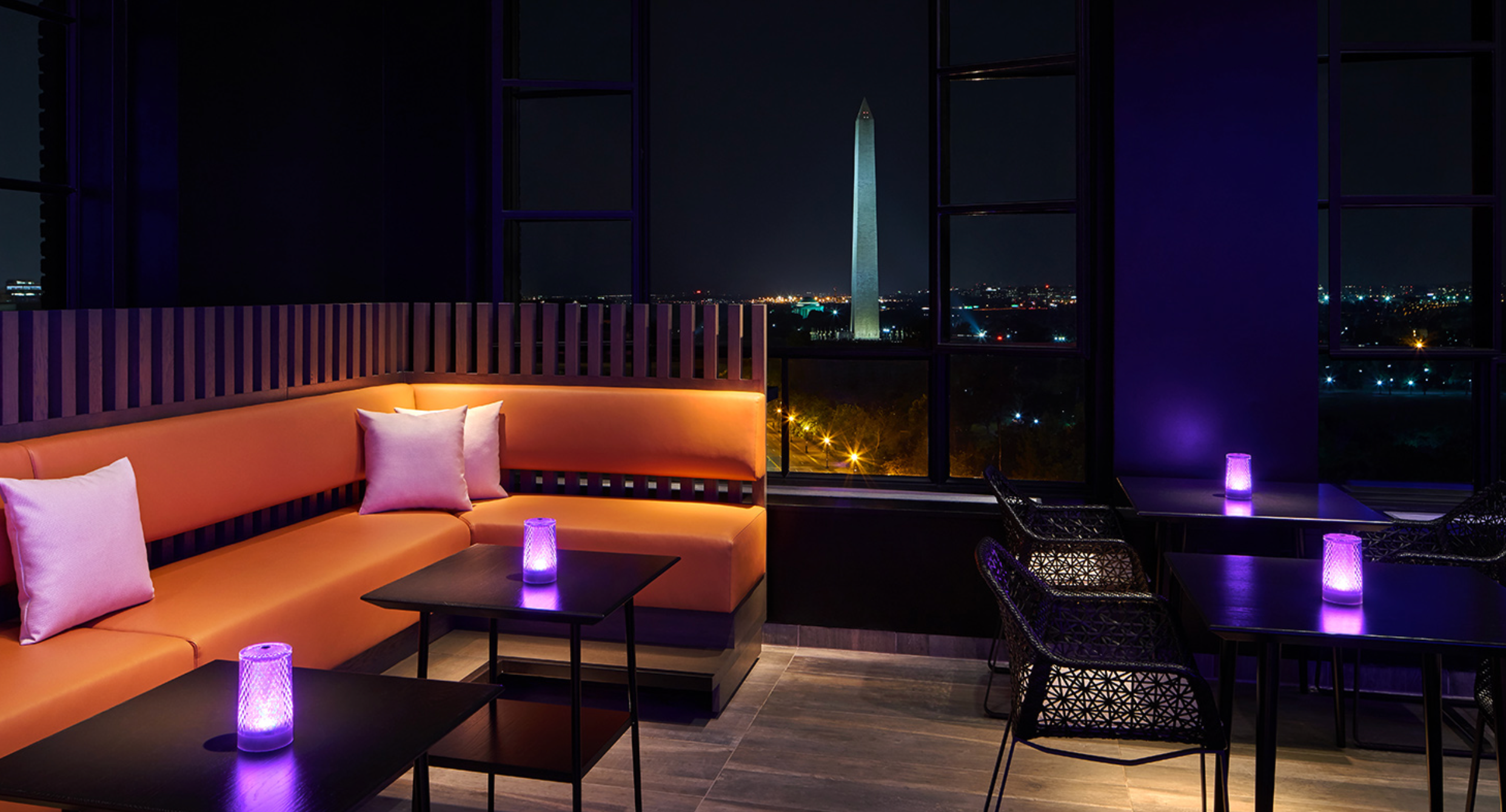
For a while, this 105-year-old hotel was known as the W Washington DC, but it reverted back to its original name in August 2021.
The chic property is known for the Vue, an open-air space regularly touted as one of the city's best rooftop bars. You'll also find a mix of rooms and suites, including some with jaw-dropping city views.
Cash rates for a standard queen room at this independently operated hotel start at $337 per night, but if you're looking for a show-stopping view, consider upgrading to one of the Monument suites. You'll enjoy sweet views of the Washington Monument for a minimum of $580 a night.
JW Marriott Washington, DC
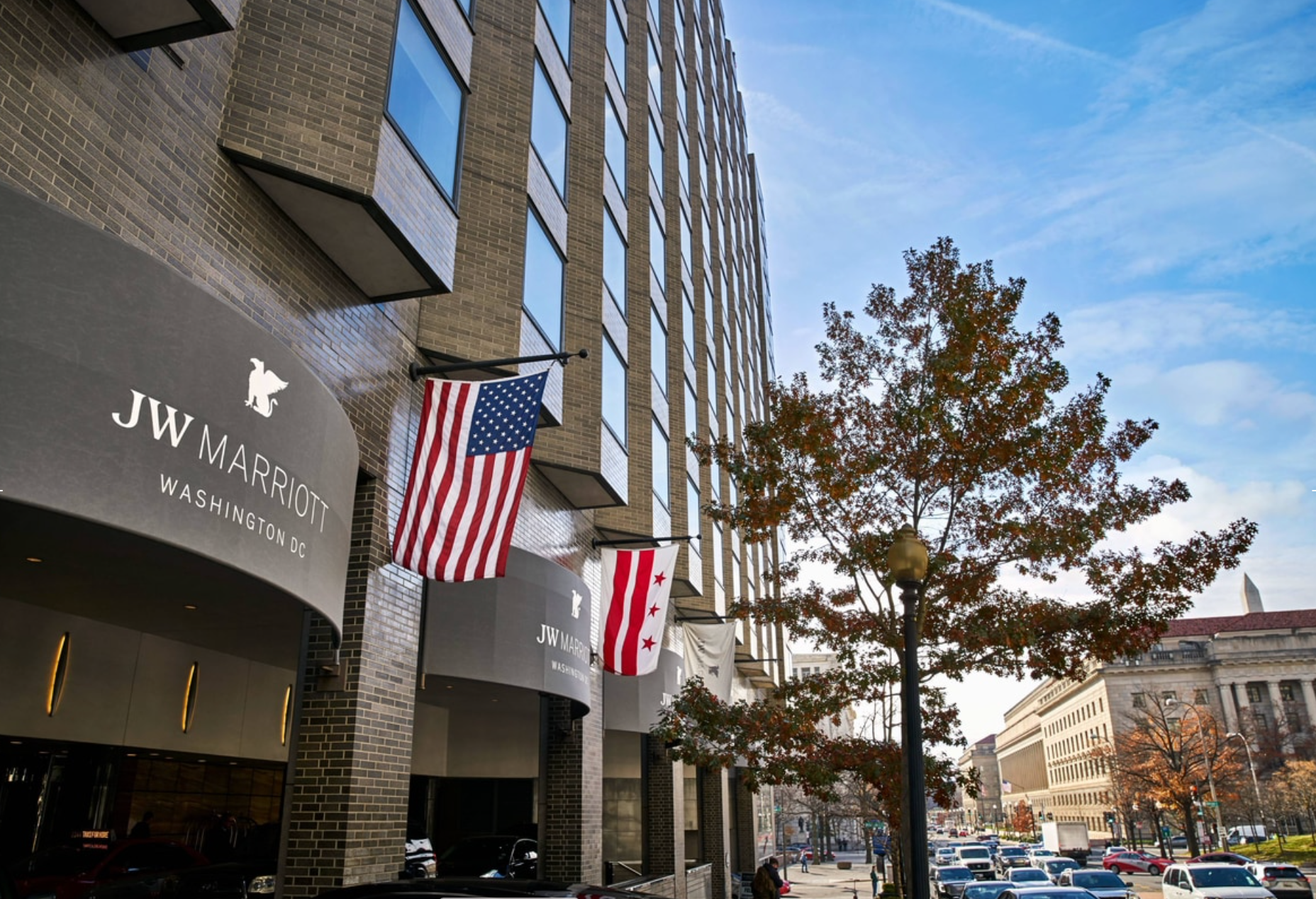
One of Marriott's flagship hotels just happens to sit right on Pennsylvania Avenue, less than two blocks away from the White House and next door to the National Theatre.
Like other hotels on this list, the JW Marriott Washington, DC boasts rooms with incredible views of downtown and the city's popular monuments. You'll also find a moody bar and an American-inspired restaurant on site, should you crave a cocktail or bite to eat after sightseeing.
While standard rooms do not come with a Washington Monument view, for a slight price increase, you can reserve a king bedroom that overlooks the monument starting at $359 a night. If you have a stash of Marriott Bonvoy points, you can apply 50,000 to 60,000 points per night to cover a stay here.
Willard InterContinental Washington DC
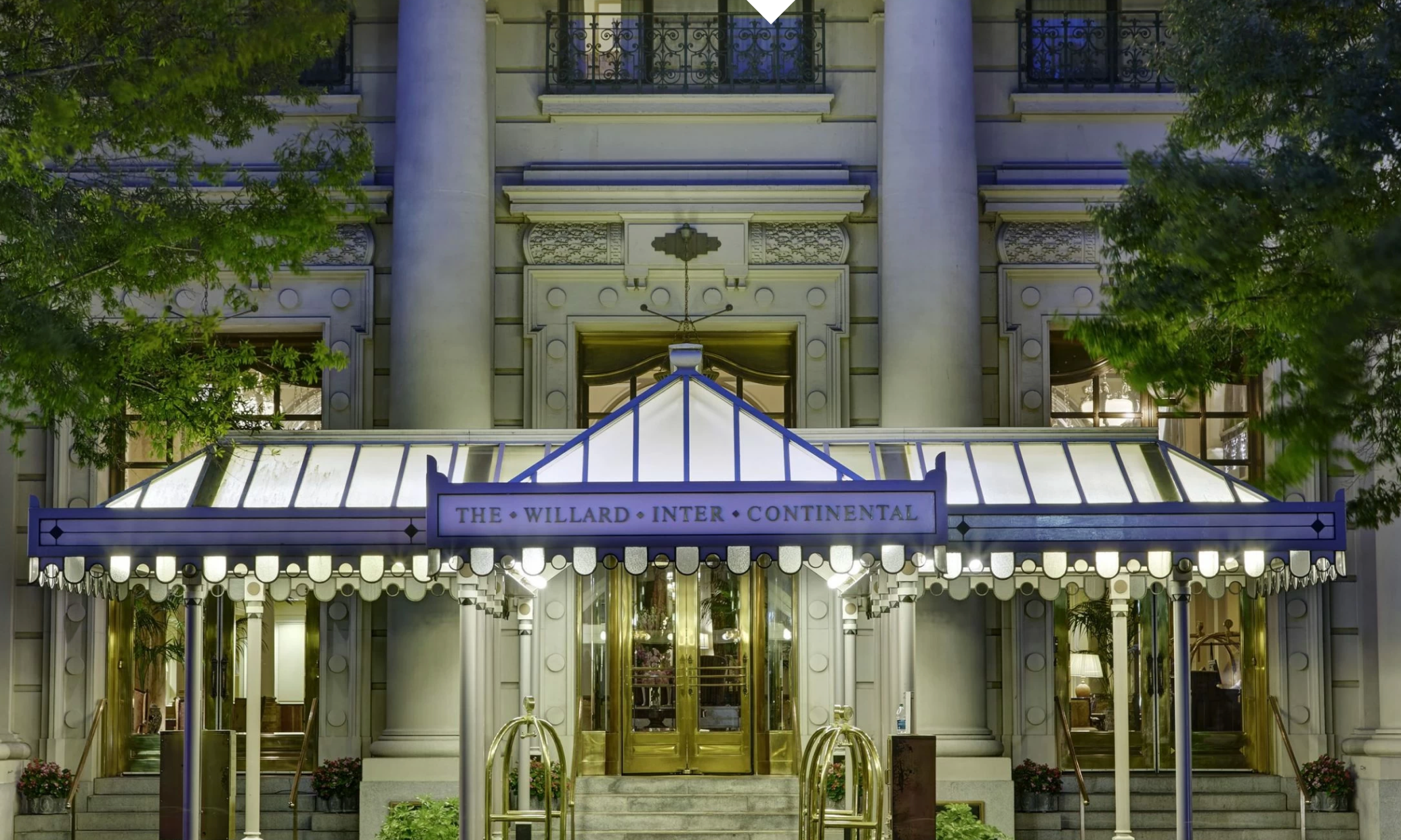
The history of this hotel, which opened in 1818, almost goes back to the start of the republic. As such, it was the place to see and be seen for centuries.
When I moved to D.C. in 1978, the iconic Willard had been closed for 10 years and was just a decaying building on Pennsylvania Avenue. That same year, a team was chosen to redevelop the hotel into the stunning property it is today.
Ever since reopening in 1986, the IHG-affiliated hotel has drawn visitors with its ornate lobby and classically-styled rooms.
To book a king room with a premium view, expect to spend at least $517 per night or apply a minimum of 53,000 to 94,000 IHG Rewards points per night.
Kimpton Banneker Hotel
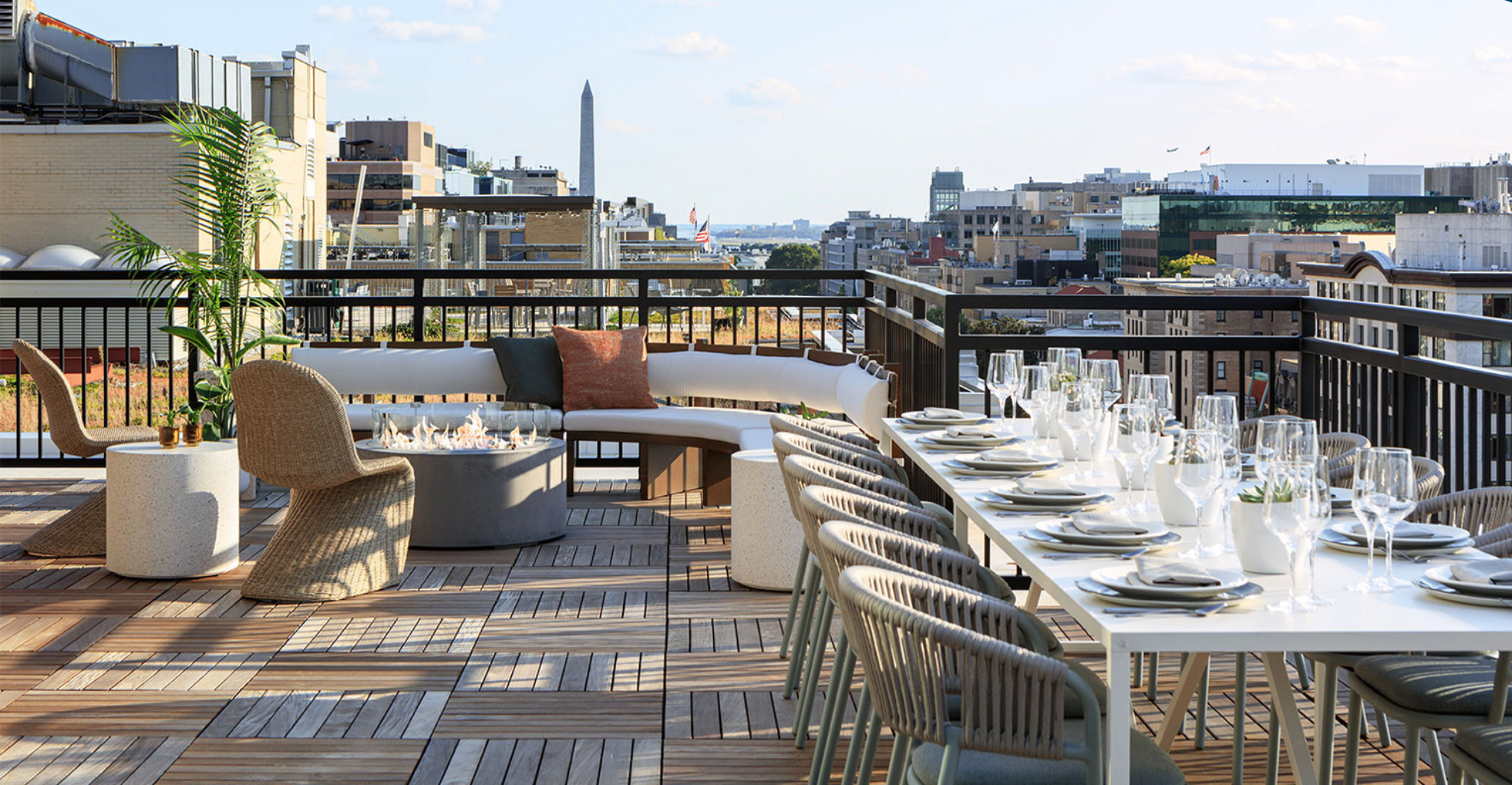
Located on a tree-lined avenue with a view down 16th Street Northwest to the White House, this Kimpton outpost is slightly off the beaten path ... in a good way.
The property's Lady Bird rooftop bar features a bird's-eye view of D.C., including an unobstructed look at the White House, and a centerpiece U-shaped bar. Rooms and suites feature modern, eye-catching designs with colorful local art and bold accent walls.
Because this property participates in the IHG Rewards program, you can use either cash or points to pay for a room here. A standard room with two queen beds starts at $315 or 53,000 points per night.

- Washington DC
- Tour Guides
White House

Discover the Iconic White House – Main Residence of the President of the United States!
Explore the heart of American politics with a visit to the historic White House, located at 1600 Pennsylvania Avenue. The White House Complex, including the East and West Wings, and the Executive Residence, serve as the official residence of the President of the United States.
Built in 1800, the White House has undergone numerous renovations and modifications throughout history. There’s been a reconstruction after the British army burned it down during the War of 1812. The building’s architecture was inspired by the Leinster House in Dublin, Ireland and the Château de Rastignac in Dordogne, France. The White House features three main floors with 11 bays surrounding the main portico.
The name “White House” was officially used after the “Burning of Washington” in 1812, when white paint was used to cover up the charred damage. The name was formalized by President Theodore Roosevelt in 1901.
Take a tour of the West Wing and learn about the history and operations of this iconic building. Access more information through the official White House website .
If you want to visit the White House and other famous Washington DC landmarks, consider taking a guided tour. Companies like USA Guided Tours offer expert-led tours of DC sights like the exterior of the White House, Capitol Building, war memorials, and more. Their Washington DC tours allow you to view the White House from the outside only. Getting to experience the exterior of the White House and other iconic landmarks with a guide is a great way to experience the history and culture of the nation’s capital. You can check out their various DC tour options here to find the perfect fit for your trip!
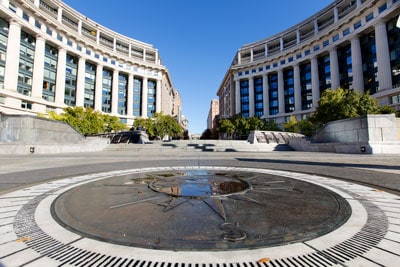
US Navy Memorial
The US Navy Memorial honors those who have served or are currently serving in the Navy, Marine Corps, Coast Guard, and the Merchant Marine. It is located on Pennsylvania Avenue NW between 7th Street NW and 9th Street NW, next to the Archives station of the Washington DC Metro and adjacent the National Archives building.
Recommended Tours
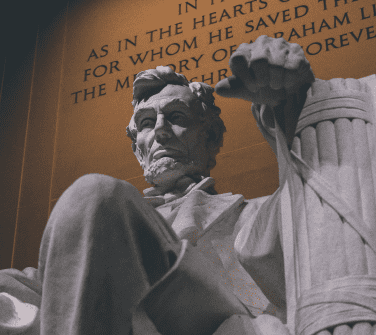
Best of DC — VIP Bus Tour
Experience Washington DC like a VIP: Our ultimate day tour with exclusive access to the National Archives and the U.S. Capitol Buildings. Book now for a presidential journey!
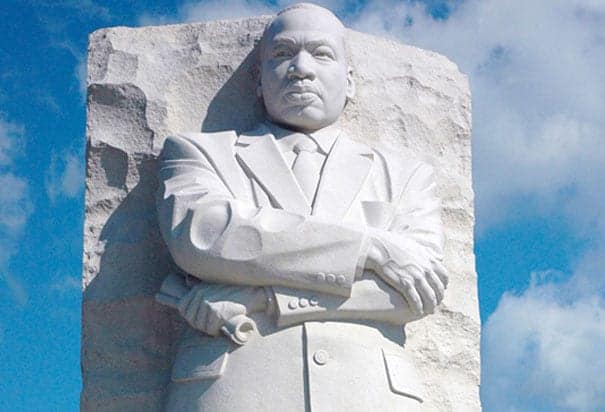
African American History and Culture Bus Tour
Explore pivotal civil rights sites: Join our insightful tour, including entry to the National Museum of African American History and Culture. Don't miss this historic journey!
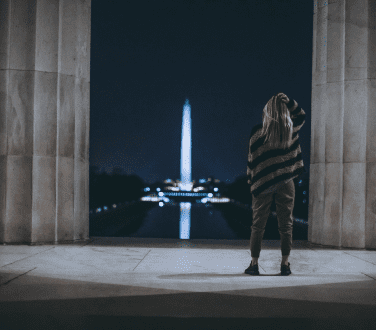
DC at Dusk Bus Tour
Experience the enchantment of Washington DC at night: Award-winning tour with expert guides and luxury transport. Book your memorable evening journey today!
This website uses cookies to ensure you get the best experience on our website. By using our site you consent cookies.
Privacy Overview
What can we help you find?
While we certainly appreciate historical preservation, it looks like your browser is a bit too historic to properly view whitehousehistory.org. — a browser upgrade should do the trick.
Main Content

President Harding’s Voyage of Understanding
In June 1923, President Warren G. Harding embarked on an ambitious journey across the United States. Called the “Voyage of Understanding,” the historic trip included the first visit of a sitting president to the U.S. territory of Alaska, as well as the first international visit of an American president to Canada. The voyage also marked the final weeks of Harding’s life; before he could complete his return to Washington, the president suddenly died from a heart attack. Stereographic photography from the time period offers an unusual, three-dimensional glimpse of Harding’s voyage and funeral procession. Click on the play button below the images in the gallery to recreate the illusion of depth offered by the stereograph cards as viewed through a stereoscope.

The videos in this gallery were derived from stereographic photography cards. The cards contain two versions of the same scene from slightly different angles. When the images are viewed through a stereoscope, it creates the illusion of depth. To view over 100 original digitized stereograph cards from President Harding’s journey, please explore the collection in our Digital Library .
President Warren G. Harding and First Lady Florence Harding departed from the White House for the “Voyage of Understanding” on June 20, 1923. Their traveling party totaled over sixty people, including staff, members of the press, and important guests.
One of the early stops of President Harding’s “Voyage of Understanding” was in Hutchinson, Kansas. There, the president greeted locals, played a round of golf, and took a turn driving a tractor. In this animated stereograph, President Harding mingles with his constituents while holding a baby.
During his journey, President Harding discussed agricultural policies with farmers. Here, he learns about irrigation techniques from a farmer in Idaho.
At Yellowstone National Park, President Harding took a break from the crowds to enjoy the tranquil beauty of nature. In this animated stereograph, the president and Mrs. Harding admire stunning views of Yellowstone Falls with Park Superintendent Horace M. Albright.
President Harding’s visit to Oregon included stops in Meacham and Portland. Here, President Harding visits with members of the Umatilla nation, near Meacham, Oregon.
The longest leg of the “Voyage of Understanding” was devoted to exploring the Alaskan territory. Harding spent over two weeks in the territory, visited several towns. In this animated stereograph, President Warren G. Harding and First Lady Florence Harding examine a salmon presented by a man in Metlakatla, Alaska.
President Harding’s travel party also had the opportunity to marvel at the natural wonder of Alaska. Here, the president and Mrs. Harding cross the chilly waters with Territorial Governor Scott C. Bone.
On July 15, 1923, President Harding helped celebrate the completion of the Alaska Railroad by driving in a golden spike into a new railroad bridge across the Tanana River at Nenana. In this animated stereograph, the president is pictured at left holding a sledgehammer, just prior to striking the golden spike.
Immediately after his historic journey through Alaska, President Harding became the first sitting American president to visit Canada. Here, the president and first lady visit Vancouver, British Columbia, accompanied by a military escort.
Following President Harding’s sudden death on August 2, 1923, the president’s personal railroad car was used to transport his body. Mourners across the country met the train as it somberly traveled to the nation’s capital. This animated stereograph shows mourners visiting the Superb, the president’s Pullman railroad car, as it passed through Chicago, Illinois.
Prior to burial, Harding’s body lay in state at the White House and the Capitol. This scene from August 8, 1923, shows Harding’s casket in the East Room of the White House, as servicemen from a military honor guard look on.
This animated stereograph shows Harding’s casket just prior to its departure from the White House. The funeral procession traveled from the White House to the Capitol, before Harding’s body was placed aboard a funeral train for the final stage of its journey.
On August 10, 1923, a final funeral service was held for Harding in his hometown of Marion, Ohio. Among those who paid their respects were Harding’s friends including Harvey Firestone, Henry Ford, Thomas Edison, Supreme Court Chief Justice William H. Taft, as well as Harding’s successor President Calvin Coolidge. This animated stereograph shows members of the funeral party leaving the cemetery after the funeral service.
In the summer of 1923, President Warren G. Harding faced many challenges. Numerous allegations of his administration’s mis-dealings swirled about in the press, threatening the incumbent’s chance of reelection in 1924. Hoping to distance himself from the scandals of Washington, Harding branded his travels as a “Voyage of Understanding,” a chance to personally connect with voters across the country, and explore the remote regions of Alaska. Despite his doctors’ warnings against the demanding, nearly two-month-long trip, President Harding and First Lady Florence Harding departed from the White House on June 20, 1923.
They travelled across the continental United States aboard a private Pullman train car named the Suberb. Along the way, Harding paused at iconic American landmarks and natural wonders including the Old Faithful geyser at Yellowstone National Park, and the Navajo Sandstone cliffs of Zion National Park. He met with people from many states including Kansas, Utah, Montana, Idaho, and Oregon. The president learned about irrigation systems, Native American communities, and local heritage sites, while the public had the opportunity to see a more personal side of their president. Harding then journeyed north to the Alaskan territory, where he witnessed the stunning beauty of glaciers, drove in the final spike of the Alaska Railroad, and met with people from cities, towns, and villages including Sitka, Juneau, Fairbanks, Seward, Ketchikan, and Metlakatla. Before returning south, Harding stopped in Vancouver, British Columbia, where he reviewed Canadian troops and was honored with a parade.
Though the president enjoyed his travels, the strenuous journey took a toll on his health. On August 2, 1923, President Harding and his travel party stopped in San Francisco, California, to make preparations for their return. That night, the president was resting in his room at the Palace Hotel when he suddenly died, likely from an abrupt and fatal heart attack. The news stunned the nation, and Vice President Calvin Coolidge was quickly sworn in as the new president. As the Superb made its solemn return trip, it was met by an outpouring of public grief. Although the “Voyage of Understanding” was originally intended to help a politician better understand his country, in the end, it enabled a country to remember its fallen leader.
The videos in this gallery are derived from a series of stereograph cards produced by the Keystone View Company in 1923. The images from the stereograph cards were animated for the gallery using Abobe Photoshop, and inspired by Joshua Heineman’s “Stereogranimator” project for the New York Public Library, and Shannon Perich’s 3-D animations of Civil War scenes from the Smithsonian Photographic History Collection . The series of stereograph cards was purchased by the White House Historical Association in 2014, and digitized for the Association’s Digital Library.

We’re sorry, this site is currently experiencing technical difficulties. Please try again in a few moments. Exception: request blocked
Biden in Wilmington: From arrival to traffic, here's more about the president's visit

President Joe Biden will head to Wilmington on Thursday.
According to a release from The White House, he will arrive at Wilmington International Airport and then head to the Wilmington Convention Center to give remarks on infrastructure and the environment.
Here's what you need to know about the president's upcoming visit and what to expect for Biden's arrival in the Port City.
When will Biden arrive?
The timeline of around 3 p.m. has shifted a bit due to Biden first heading to Charlotte, where he will "pay his respects to the brave law enforcement officers killed and wounded in the line of duty," according to a White House release.
Four officers wer e killed while trying to serve a warrant to a convicted felon in Charlotte on Monday.
Biden is scheduled to leave Charlotte at 3:10 p.m. and head to Wilmington International Airport, where he is set to arrive at 3:55 p.m.
He will then head to the Wilmington Convention Center, where he will deliver remarks at 4:30 p.m. before departing Wilmington at 6:05 p.m.
More: Ahead of Biden's visit, what Wilmington projects are in dire need of federal funding?
What will Biden discuss?
While at the Wilmington Convention Center, Biden is expected to discuss "how his Investing in America agenda is rebuilding our infrastructure and creating good-paying jobs in Wilmington and across the country," according to a news release from The White House.
In response to why Wilmington might be a fitting location for the discussion of such subject matter, Mayor Bill Saffo mentioned U.S. Environmental Protection Agency (EPA) Administrator Michael Reagan's previous visit to Wilmington , highlighting Reagan's discussion of national PFAS regulations.
Previous Coverage: EPA administrator joins Mayor Saffo and Gov. Cooper to announce Clean Ports Program
"I know that the administration has been very engaged in that issue," Saffo said. "They've also been engaged at the federal level with the removal of lead from our pipes," adding that the Cape Fear Public Utility Authority (CFPUA) has been working on that matter for a number of years.
Wilmington has been on the forefront of numerous environmental issues regionally, the mayor added.
"I think (Biden) is here to make an announcement as to what that means not only for this community but for the country," Saffo said.
How has the city of Wilmington prepared for the president's arrival?
Preparing for a presidential visit requires a community-wide collaborative effort, Saffo said.
"When a president visits a community there are a lot of things that we have to work on and work with the administration and ... the secret service in planning these types of events," Saffo said. "Where the events are held, the size of the venue, the locations, the motorcade to and from the airport − the logistics involved are enormous."
Saffo said Biden's visit is historic for Wilmington.
"Obviously we are very proud to have any president arrive in our community that represents our government," noting that former President Donald Trump previously visited the Port City in 2020, designating Wilmington the first World War II Heritage City nationwide.
Previous Coverage: Trump rally in Wilmington postponed because of severe weather
When will Air Force One arrive at ILM?
Air Force One will arrive at the Wilmington International Airport at 3:55 p.m. Thursday.
By Wednesday morning, the Federal Aviation Administration listed a temporary flight restriction (TFR) Thursday in a roughly 30-mile radius surrounding downtown Wilmington between 1:30 p.m. and 5:15 p.m. It's unknown as of Wednesday night if the time range will widen given Biden's change in schedule.
It is important to note that Wilmington International Airport anticipates minor impacts to commercial flight operations during this time as the TFR does not fully restrict scheduled commercial flights, according to airport spokesperson Erin McNally.
"We encourage travelers to check their flight status directly with the airlines for the most up to date information," reads a Facebook announcement from ILM posted Wednesday. "Additionally, travelers may want to allow extra time, in the event there are temporary road closures or changes in traffic patterns."
Air travel for general aviation users will be restricted primarily between 1:30 p.m. and 5:15 p.m., according to the post. General aviation users are encouraged to check NOTAMS (notices) for details.
What about security and traffic?
The Wilmington Police Department will be providing personnel to assist with the needs of the U.S. Secret Service, police spokesman Lt. Greg Willett said.
The Secret Service works closely with local law enforcement to "minimize disruptions to the public while ensuring the highest level of safety and security," Special Agent Joseph Routh said in an email on Tuesday.
As of Tuesday, Routh was unable to discuss any security specifics, but he said that "the public can expect intermittent road closures and parking restrictions as part of the visit."
Saffo referred to Wilmington law enforcement involvement with the event as "significant," noting the New Hanover County Sheriff's Office, Wilmington Police Department and Wilmington's Secret Service field office have been in communication with one another in preparation of the event.
As for traffic, the Secret Service has been advised about the Cape Fear Memorial Bridge lane closures, Saffo said.
"I don't know the exact route that the president will take, but I know that they've been advised and informed about that," Saffo said. The Secret Service will "try to minimize any kind of impact to the community to the best of their ability."
Mobile Menu Overlay
The White House 1600 Pennsylvania Ave NW Washington, DC 20500
Statement by Press Secretary Jen Psaki on the President’s Travel to the Republic of Korea and Japan
President Joseph R. Biden, Jr. will visit the Republic of Korea and Japan from May 20-May 24 to further deepen ties between our governments, economies, and people. This trip will advance the Biden-Harris Administration’s rock-solid commitment to a free and open Indo-Pacific and to U.S. treaty alliances with the Republic of Korea and Japan. It will build on more than a year of intensive diplomacy with the Indo-Pacific, including the U.S.-ASEAN Special Summit on May 12-13 in Washington, D.C. In each country, President Biden will hold bilateral meetings with his counterparts: newly elected President Yoon Suk Yeol of the Republic of Korea and Prime Minister Kishida Fumio of Japan. The leaders will discuss opportunities to deepen our vital security relationships, enhance economic ties, and expand our close cooperation to deliver practical results. In Tokyo, President Biden will also meet with the leaders of the Quad grouping of Australia, Japan, India, and the United States. We look forward to having further details to share about this trip soon.
Stay Connected
We'll be in touch with the latest information on how President Biden and his administration are working for the American people, as well as ways you can get involved and help our country build back better.
Opt in to send and receive text messages from President Biden.
- Share full article
For more audio journalism and storytelling, download New York Times Audio , a new iOS app available for news subscribers.
A Plan to Remake the Middle East
While talks for a cease-fire between israel and hamas continue, another set of negotiations is happening behind the scenes..
This transcript was created using speech recognition software. While it has been reviewed by human transcribers, it may contain errors. Please review the episode audio before quoting from this transcript and email [email protected] with any questions.
From New York Times, I’m Michael Barbaro. This is The Daily.
[MUSIC CONTINUES]
Today, if and when Israel and Hamas reach a deal for a ceasefire fire, the United States will immediately turn to a different set of negotiations over a grand diplomatic bargain that it believes could rebuild Gaza and remake the Middle East. My colleague Michael Crowley has been reporting on that plan and explains why those involved in it believe they have so little time left to get it done.
It’s Wednesday, May 8.
Michael, I want to start with what feels like a pretty dizzying set of developments in this conflict over the past few days. Just walk us through them?
Well, over the weekend, there was an intense round of negotiations in an effort, backed by the United States, to reach a ceasefire in the Gaza war.
The latest ceasefire proposal would reportedly see as many as 33 Israeli hostages released in exchange for potentially hundreds of Palestinian prisoners.
US officials were very eager to get this deal.
Pressure for a ceasefire has been building ahead of a threatened Israeli assault on Rafah.
Because Israel has been threatening a military offensive in the Southern Palestinian city of Rafah, where a huge number of people are crowded.
Fleeing the violence to the North. And now they’re packed into Rafah. Exposed and vulnerable, they need to be protected.
And the US says it would be a humanitarian catastrophe on top of the emergency that’s already underway.
Breaking news this hour — very important breaking news. An official Hamas source has told The BBC that it does accept a proposal for a ceasefire deal in Gaza.
And for a few hours on Monday, it looked like there might have been a major breakthrough when Hamas put out a statement saying that it had accepted a negotiating proposal.
Israeli Prime Minister Benjamin Netanyahu says the ceasefire proposal does not meet his country’s requirements. But Netanyahu says he will send a delegation of mediators to continue those talks. Now, the terms —
But those hopes were dashed pretty quickly when the Israelis took a look at what Hamas was saying and said that it was not a proposal that they had agreed to. It had been modified.
And overnight —
Israeli troops stormed into Rafah. Video showing tanks crashing over a sign at the entrance of the city.
— the Israelis launched a partial invasion of Rafah.
It says Hamas used the area to launch a deadly attack on Israeli troops over the weekend.
And they have now secured a border crossing at the Southern end of Gaza and are conducting targeted strikes. This is not yet the full scale invasion that President Biden has adamantly warned Israel against undertaking, but it is an escalation by Israel.
So while all that drama might suggest that these talks are in big trouble, these talks are very much still alive and ongoing and there is still a possibility of a ceasefire deal.
And the reason that’s so important is not just to stop the fighting in Gaza and relieve the suffering there, but a ceasefire also opens the door to a grand diplomatic bargain, one that involves Israel and its Arab neighbors and the Palestinians, and would have very far-reaching implications.
And what is that grand bargain. Describe what you’re talking about?
Well, it’s incredibly ambitious. It would reshape Israel’s relationship with its Arab neighbors, principally Saudi Arabia. But it’s important to understand that this is a vision that has actually been around since well before October 7. This was a diplomatic project that President Biden had been investing in and negotiating actually in a very real and tangible way long before the Hamas attacks and the Gaza war.
And President Biden was looking to build on something that President Trump had done, which was a series of agreements that the Trump administration struck in which Israel and some of its Arab neighbors agreed to have normal diplomatic relations for the first time.
Right, they’re called the Abraham Accords.
That’s right. And, you know, Biden doesn’t like a lot of things, most things that Trump did. But he actually likes this, because the idea is that they contribute to stability and economic integration in the Middle East, the US likes Israel having friends and likes having a tight-knit alliance against Iran.
President Biden agrees with the Saudis and with the Israelis, that Iran is really the top threat to everybody here. So, how can you build on this? How can you expand it? Well, the next and biggest step would be normalizing relations between Israel and Saudi Arabia.
And the Saudis have made clear that they want to do this and that they’re ready to do this. They weren’t ready to do it in the Trump years. But Mohammed bin Salman, the Crown Prince of Saudi Arabia, has made clear he wants to do it now.
So this kind of triangular deal began to take shape before October 7, in which the US, Israel, and Saudi Arabia would enter this three way agreement in which everyone would get something that they wanted.
And just walk through what each side gets in this pre-October 7th version of these negotiations?
So for Israel, you get normalized ties with its most important Arab neighbor and really the country that sets the tone for the whole Muslim world, which is Saudi Arabia of course. It makes Israel feel safer and more secure. Again, it helps to build this alliance against Iran, which Israel considers its greatest threat, and it comes with benefits like economic ties and travel and tourism. And Prime Minister Benjamin Netanyahu has been very open, at least before October 7th, that this was his highest diplomatic and foreign policy priority.
For the Saudis, the rationale is similar when it comes to Israel. They think that it will bring stability. They like having a more explicitly close ally against Iran. There are economic and cultural benefits. Saudi Arabia is opening itself up in general, encouraging more tourism.
But I think that what’s most important to the Crown Prince, Mohammed bin Salman, is what he can get from the United States. And what he has been asking for are a couple of essential things. One is a security agreement whose details have always been a little bit vague, but I think essentially come down to reliable arms supplies from the United States that are not going to be cut off or paused on a whim, as he felt happened when President Biden stopped arms deliveries in 2021 because of how Saudi was conducting its war in Yemen. The Saudis were furious about that.
Saudi Arabia also wants to start a domestic nuclear power program. They are planning for a very long-term future, possibly a post-oil future. And they need help getting a nuclear program off the ground.
And they want that from the US?
And they want that from the US.
Now, those are big asks from the us. But from the perspective of President Biden, there are some really enticing things about this possible agreement. One is that it will hopefully produce more stability in the region. Again, the US likes having a tight-knit alliance against Iran.
The US also wants to have a strong relationship with Saudi Arabia. You know, despite the anger at Mohammed bin Salman over the murder of the Saudi dissident Jamal Khashoggi, the Biden administration recognizes that given the Saudis control over global oil production and their strategic importance in the Middle East, they need to have a good relationship with them. And the administration has been worried about the influence of China in the region and with the Saudis in particular.
So this is an opportunity for the US to draw the Saudis closer. Whatever our moral qualms might be about bin Salman and the Saudi government, this is an opportunity to bring the Saudis closer, which is something the Biden administration sees as a strategic benefit.
All three of these countries — big, disparate countries that normally don’t see eye-to-eye, this was a win-win-win on a military, economic, and strategic front.
That’s right. But there was one important actor in the region that did not see itself as winning, and that was the Palestinians.
[MUSIC PLAYING]
First, it’s important to understand that the Palestinians have always expected that the Arab countries in the Middle East would insist that Israel recognize a Palestinian state before those countries were willing to essentially make total peace and have normal relations with Israel.
So when the Abraham Accords happened in the Trump administration, the Palestinians felt like they’d been thrown under the bus because the Abraham Accords gave them virtually nothing. But the Palestinians did still hold out hope that Saudi Arabia would be their savior. And for years, Saudi Arabia has said that Israel must give the Palestinians a state if there’s going to be a normal relationship between Israel and Saudi Arabia.
Now the Palestinians see the Saudis in discussions with the US and Israel about a normalization agreement, and there appears to be very little on offer for the Palestinians. And they are feeling like they’re going to be left out in the cold here.
Right. And in the minds of the Palestinians, having already been essentially sold out by all their other Arab neighbors, the prospect that Saudi Arabia, of all countries, the most important Muslim Arab country in the region, would sell them out, had to be extremely painful.
It was a nightmare scenario for them. And in the minds of many analysts and US officials, this was a factor, one of many, in Hamas’s decision to stage the October 7th attacks.
Hamas, like other Palestinian leaders, was seeing the prospect that the Middle East was moving on and essentially, in their view, giving up on the Palestinian cause, and that Israel would be able to have friendly, normal relations with Arab countries around the region, and that it could continue with hardline policies toward the Palestinians and a refusal, as Prime Minister Benjamin Netanyahu has said publicly, to accept a Palestinian state.
Right. So Michael, once Hamas carries out the October 7th attacks in an effort to destroy a status quo that it thinks is leaving them less and less relevant, more and more hopeless, including potentially this prospect that Saudi Arabia is going to normalize relations with Israel, what happens to these pre-October 7th negotiations between the US, Saudi Arabia, and Israel?
Well, I think there was a snap assumption that these talks were dead and buried. That they couldn’t possibly survive a cataclysm like this.
But then something surprising happened. It became clear that all the parties were still determined to pull-off the normalization.
And most surprisingly of all, perhaps, was the continued eagerness of Saudi Arabia, which publicly was professing outrage over the Israeli response to the Hamas attacks, but privately was still very much engaged in these conversations and trying to move them forward.
And in fact, what has happened is that the scope of this effort has grown substantially. October 7th didn’t kill these talks. It actually made them bigger, more complicated, and some people would argue, more important than ever.
We’ll be right back.
Michael, walk us through what exactly happens to these three-way negotiations after October 7th that ends up making them, as you just said, more complicated and more important than ever?
Well, it’s more important than ever because of the incredible need in Gaza. And it’s going to take a deal like this and the approval of Saudi Arabia to unlock the kind of massive reconstruction project required to essentially rebuild Gaza from the rubble. Saudi Arabia and its Arab friends are also going to be instrumental in figuring out how Gaza is governed, and they might even provide troops to help secure it. None of those things are going to happen without a deal like this.
Fascinating.
But this is all much more complicated now because the price for a deal like this has gone up.
And by price, you mean?
What Israel would have to give up. [MUSIC PLAYING]
From Saudi Arabia’s perspective, you have an Arab population that is furious at Israel. It now feels like a really hard time to do a normalization deal with the Israelis. It was never going to be easy, but this is about as bad a time to do it as there has been in a generation at least. And I think that President Biden and the people around him understand that the status quo between Israel and the Palestinians is intolerable and it is going to lead to chaos and violence indefinitely.
So now you have two of the three parties to this agreement, the Saudis and the Americans, basically asking a new price after October 7th, and saying to the Israelis, if we’re going to do this deal, it has to not only do something for the Palestinians, it has to do something really big. You have to commit to the creation of a Palestinian state. Now, I’ll be specific and say that what you hear the Secretary of State, Antony Blinken, say is that the agreement has to include an irreversible time-bound path to a Palestinian state.
We don’t know exactly what that looks like, but it’s some kind of a firm commitment, the likes of which the world and certainly the Israelis have not made before.
Something that was very much not present in the pre-October 7th vision of this negotiation. So much so that, as we just talked about, the Palestinians were left feeling completely out in the cold and furious at it.
That’s right. There was no sign that people were thinking that ambitiously about the Palestinians in this deal before October 7th. And the Palestinians certainly felt like they weren’t going to get much out of it. And that has completely changed now.
So, Michael, once this big new dimension after October 7th, which is the insistence by Saudi Arabia and the US that there be a Palestinian state or a path to a Palestinian state, what is the reaction specifically from Israel, which is, of course, the third major party to this entire conversation?
Well, Israel, or at least its political leadership, hates it. You know, this is just an extremely tough sell in Israel. It would have been a tough sell before October 7th. It’s even harder now.
Prime Minister Benjamin Netanyahu is completely unrepentantly open in saying that there’s not going to be a Palestinian state on his watch. He won’t accept it. He says that it’s a strategic risk to his country. He says that it would, in effect, reward Hamas.
His argument is that terrorism has forced a conversation about statehood onto the table that wasn’t there before October 7th. Sure, it’s always in the background. It’s a perennial issue in global affairs, but it was not something certainly that the US and Israel’s Arab neighbors were actively pushing. Netanyahu also has — you know, he governs with the support of very right-wing members of a political coalition that he has cobbled together. And that coalition is quite likely to fall apart if he does embrace a Palestinian state or a path to a Palestinian state.
Now, he might be able to cobble together some sort of alternative, but it creates a political crisis for him.
And finally, you know, I think in any conversation about Israel, it’s worth bearing in mind something you hear from senior US officials these days, which is that although there is often finger pointing at Netanyahu and a desire to blame Netanyahu as this obstructionist who won’t agree to deals, what they say is Netanyahu is largely reflecting his population and the political establishment of his country, not just the right-wingers in his coalition who are clearly extremist.
But actually the prevailing views of the Israeli public. And the Israeli public and their political leaders across the spectrum right now with few exceptions, are not interested in talking about a Palestinian state when there are still dozens and dozens of Israeli hostages in tunnels beneath Gaza.
So it very much looks like this giant agreement that once seemed doable before October 7th might be more important to everyone involved than ever, given that it’s a plan for rebuilding Gaza and potentially preventing future October 7th’s from happening, but because of this higher price that Israel would have to pay, which is the acceptance of a Palestinian state, it seems from everything you’re saying, that this is more and more out of reach than ever before and hard to imagine happening in the immediate future. So if the people negotiating it are being honest, Michael, are they ready to acknowledge that it doesn’t look like this is going to happen?
Well, not quite yet. As time goes by, they certainly say it’s getting harder and harder, but they’re still trying, and they still think there’s a chance. But both the Saudis and the Biden administration understand that there’s very little time left to do this.
Well, what do you mean there’s very little time left? It would seem like time might benefit this negotiation in that it might give Israel distance from October 7th to think potentially differently about a Palestinian state?
Potentially. But Saudi Arabia wants to get this deal done in the Biden administration because Mohammed bin Salman has concluded this has to be done under a Democratic president.
Because Democrats in Congress are going to be very reluctant to approve a security agreement between the United States and Saudi Arabia.
It’s important to understand that if there is a security agreement, that’s something Congress is going to have to approve. And you’re just not going to get enough Democrats in Congress to support a deal with Saudi Arabia, who a lot of Democrats don’t like to begin with, because they see them as human rights abusers.
But if a Democratic president is asking them to do it, they’re much more likely to go along.
Right. So Saudi Arabia fears that if Biden loses and Trump is president, that those same Democrats would balk at this deal in a way that they wouldn’t if it were being negotiated under President Biden?
Exactly. Now, from President Biden’s perspective, politically, think about a president who’s running for re-election, who is presiding right now over chaos in the Middle East, who doesn’t seem to have good answers for the Israeli-Palestinian question, this is an opportunity for President Biden to deliver what could be at least what he would present as a diplomatic masterstroke that does multiple things at once, including creating a new pathway for Israel and the Palestinians to coexist, to break through the logjam, even as he is also improving Israel’s relations with Saudi Arabia.
So Biden and the Crown Prince hope that they can somehow persuade Bibi Netanyahu that in spite of all the reasons that he thinks this is a terrible idea, that this is a bet worth taking on Israel’s and the region’s long-term security and future?
That’s right. Now, no one has explained very clearly exactly how this is going to work, and it’s probably going to require artful diplomacy, possibly even a scenario where the Israelis would agree to something that maybe means one thing to them and means something else to other people. But Biden officials refuse to say that it’s hopeless and they refuse to essentially take Netanyahu’s preliminary no’s for an answer. And they still see some way that they can thread this incredibly narrow needle.
Michael, I’m curious about a constituency that we haven’t been talking about because they’re not at the table in these discussions that we are talking about here. And that would be Hamas. How does Hamas feel about the prospect of such a deal like this ever taking shape. Do they see it as any kind of a victory and vindication for what they did on October 7th?
So it’s hard to know exactly what Hamas’s leadership is thinking. I think they can feel two things. I think they can feel on the one hand, that they have established themselves as the champions of the Palestinian people who struck a blow against Israel and against a diplomatic process that was potentially going to leave the Palestinians out in the cold.
At the same time, Hamas has no interest in the kind of two-state solution that the US is trying to promote. They think Israel should be destroyed. They think the Palestinian state should cover the entire geography of what is now Israel, and they want to lead a state like that. And that’s not something that the US, Saudi Arabia, or anyone else is going to tolerate.
So what Hamas wants is to fight, to be the leader of the Palestinian people, and to destroy Israel. And they’re not interested in any sort of a peace process or statehood process.
It seems very clear from everything you’ve said here that neither Israel nor Hamas is ready to have the conversation about a grand bargain diplomatic program. And I wonder if that inevitably has any bearing on the ceasefire negotiations that are going on right now between the two of them that are supposed to bring this conflict to some sort of an end, even if it’s just temporary?
Because if, as you said, Michael, a ceasefire opens the door to this larger diplomatic solution, and these two players don’t necessarily want that larger diplomatic solution, doesn’t that inevitably impact their enthusiasm for even reaching a ceasefire?
Well, it certainly doesn’t help. You know, this is such a hellish problem. And of course, you first have the question of whether Israel and Hamas can make a deal on these immediate issues, including the hostages, Palestinian prisoners, and what the Israeli military is going to do, how long a ceasefire might last.
But on top of that, you have these much bigger diplomatic questions that are looming over them. And it’s not clear that either side is ready to turn and face those bigger questions.
So while for the Biden administration and for Saudi Arabia, this is a way out of this crisis, these larger diplomatic solutions, it’s not clear that it’s a conversation that the two parties that are actually at war here are prepared to start having.
Well, Michael, thank you very much. We appreciate it.
On Tuesday afternoon, under intense pressure from the US, delegations from Israel and Hamas arrived in Cairo to resume negotiations over a potential ceasefire. But in a statement, Israel’s Prime Minister Benjamin Netanyahu made clear that even with the talks underway, his government would, quote, “continue to wage war against Hamas.”
Here’s what else you need to know today. In a dramatic day of testimony, Stormy Daniels offered explicit details about an alleged sexual encounter with Donald Trump that ultimately led to the hush money payment at the center of his trial. Daniels testified that Trump answered the door in pajamas, that he told her not to worry that he was married, and that he did not use a condom when they had sex.
That prompted lawyers for Trump to seek a mistrial based on what they called prejudicial testimony. But the judge in the case rejected that request. And,
We’ve seen a ferocious surge of anti-Semitism in America and around the world.
In a speech on Tuesday honoring victims of the Holocaust, President Biden condemned what he said was the alarming rise of anti-Semitism in the United States after the October 7th attacks on Israel. And he expressed worry that too many Americans were already forgetting the horrors of that attack.
The Jewish community, I want you to know I see your fear, your hurt, and your pain. Let me reassure you, as your president, you’re not alone. You belong. You always have and you always will.
Today’s episode was produced by Nina Feldman, Clare Toeniskoetter, and Rikki Novetsky. It was edited by Liz O. Baylen, contains original music by Marion Lozano, Elisheba Ittoop, and Dan Powell, and was engineered by Alyssa Moxley. Our theme music is by Jim Brunberg and Ben Landsverk of Wonderly.
That’s it for The Daily. I’m Michael Barbaro. See you tomorrow.

- May 9, 2024 • 34:42 One Strongman, One Billion Voters, and the Future of India
- May 8, 2024 • 28:28 A Plan to Remake the Middle East
- May 7, 2024 • 27:43 How Changing Ocean Temperatures Could Upend Life on Earth
- May 6, 2024 • 29:23 R.F.K. Jr.’s Battle to Get on the Ballot
- May 3, 2024 • 25:33 The Protesters and the President
- May 2, 2024 • 29:13 Biden Loosens Up on Weed
- May 1, 2024 • 35:16 The New Abortion Fight Before the Supreme Court
- April 30, 2024 • 27:40 The Secret Push That Could Ban TikTok
- April 29, 2024 • 47:53 Trump 2.0: What a Second Trump Presidency Would Bring
- April 26, 2024 • 21:50 Harvey Weinstein Conviction Thrown Out
- April 25, 2024 • 40:33 The Crackdown on Student Protesters
- April 24, 2024 • 32:18 Is $60 Billion Enough to Save Ukraine?
Hosted by Michael Barbaro
Featuring Michael Crowley
Produced by Nina Feldman , Clare Toeniskoetter and Rikki Novetsky
Edited by Liz O. Baylen
Original music by Marion Lozano , Elisheba Ittoop and Dan Powell
Engineered by Alyssa Moxley
Listen and follow The Daily Apple Podcasts | Spotify | Amazon Music | YouTube
If and when Israel and Hamas reach a deal for a cease-fire, the United States will immediately turn to a different set of negotiations over a grand diplomatic bargain that it believes could rebuild Gaza and remake the Middle East.
Michael Crowley, who covers the State Department and U.S. foreign policy for The Times, explains why those involved in this plan believe they have so little time left to get it done.
On today’s episode

Michael Crowley , a reporter covering the State Department and U.S. foreign policy for The New York Times.

Background reading :
Talks on a cease-fire in the Gaza war are once again at an uncertain stage .
Here’s how the push for a deal between Israel and Saudi Arabia looked before Oct. 7 .
From early in the war, President Biden has said that a lasting resolution requires a “real” Palestinian state .
Here’s what Israeli officials are discussing about postwar Gaza.
There are a lot of ways to listen to The Daily. Here’s how.
We aim to make transcripts available the next workday after an episode’s publication. You can find them at the top of the page.
The Daily is made by Rachel Quester, Lynsea Garrison, Clare Toeniskoetter, Paige Cowett, Michael Simon Johnson, Brad Fisher, Chris Wood, Jessica Cheung, Stella Tan, Alexandra Leigh Young, Lisa Chow, Eric Krupke, Marc Georges, Luke Vander Ploeg, M.J. Davis Lin, Dan Powell, Sydney Harper, Mike Benoist, Liz O. Baylen, Asthaa Chaturvedi, Rachelle Bonja, Diana Nguyen, Marion Lozano, Corey Schreppel, Rob Szypko, Elisheba Ittoop, Mooj Zadie, Patricia Willens, Rowan Niemisto, Jody Becker, Rikki Novetsky, John Ketchum, Nina Feldman, Will Reid, Carlos Prieto, Ben Calhoun, Susan Lee, Lexie Diao, Mary Wilson, Alex Stern, Dan Farrell, Sophia Lanman, Shannon Lin, Diane Wong, Devon Taylor, Alyssa Moxley, Summer Thomad, Olivia Natt, Daniel Ramirez and Brendan Klinkenberg.
Our theme music is by Jim Brunberg and Ben Landsverk of Wonderly. Special thanks to Sam Dolnick, Paula Szuchman, Lisa Tobin, Larissa Anderson, Julia Simon, Sofia Milan, Mahima Chablani, Elizabeth Davis-Moorer, Jeffrey Miranda, Renan Borelli, Maddy Masiello, Isabella Anderson and Nina Lassam.
Michael Crowley covers the State Department and U.S. foreign policy for The Times. He has reported from nearly three dozen countries and often travels with the secretary of state. More about Michael Crowley
Advertisement
- Cast & crew
- User reviews
Back to Black

The life and music of Amy Winehouse, through the journey of adolescence to adulthood and the creation of one of the best-selling albums of our time. The life and music of Amy Winehouse, through the journey of adolescence to adulthood and the creation of one of the best-selling albums of our time. The life and music of Amy Winehouse, through the journey of adolescence to adulthood and the creation of one of the best-selling albums of our time.
- Sam Taylor-Johnson
- Matt Greenhalgh
- Marisa Abela
- Eddie Marsan
- Jack O'Connell
- 71 User reviews
- 75 Critic reviews
- 49 Metascore

- Nick Shymansky

- Perfume Paul
- Great Auntie Renee

- Uncle Harold
- Auntie Melody

- All cast & crew
- Production, box office & more at IMDbPro
The Big List of Summer Movies

More like this

Did you know
- Trivia Marisa Abela had done most of the singing in this film herself. She trained extensively to mimic Amy Winehouse 's vocals.
Technical specs
- Runtime 2 hours 2 minutes
Related news
Contribute to this page.

- See more gaps
- Learn more about contributing
More to explore

Recently viewed

IMAGES
COMMENTS
JOURNEY keyboardist Jonathan Cain has commented on his war of words with Neal Schon over a White House visit by several members of the band. Cain and the guitarist feuded publicly on social media ...
As previously reported, Schon has taken issue with a White House visit and photo op made by Cain, singer Arnel Pineda and bassist Ross Valory.Arguing that Journey's music should stand apart from ...
To put the current acrimony in context, fans only have to look back about five and a half years, to the summer of 2017. The inciting incident took place on July 27, 2017, when Cain, singer Arnel ...
The White House Tour entrance is located in Sherman Park at 15th Street NW and Alexander Hamilton Place NW. If arriving by rideshare, use the White House Visitor Center (WHVC) as the drop-off address.
Neal Schon(Image credit: Michaele Schon) Neal Schon has expressed his anger that three of his bandmates visited the White House last month under the Journey banner. The band's leader and guitarist says Journey have always taken the stance that they remain neutral when it comes to politics and religion, and that Arnel Pineda, Jonathan Cain and ...
Tours are scheduled on a first come, first served basis. Requests can be submitted up to three months in advance and no less than 21 days in advance. You are encouraged to submit your request as early as possible as a limited number of spaces are available. The White House tour is free of charge. Please note that White House tours may be ...
The Biden-Harris Administration is pleased to announce public tours of the White House will resume a full operating schedule from Tuesdays through Saturdays beginning on Tuesday, July 19, 2022.
Your visit to The White House and President's Park will be a truly unique national park experience. As you stroll along historic Pennsylvania Avenue you may witness our First Amendment freedoms in action through an organized protest. While posing for a photo on the south side of the White House you may be surprised to see the president's helicopter, Marine One land on the South Lawn.
The White House Visitor Center, located at 1450 Pennsylvania Ave. NW ( map ), offers visitors a window into the president's iconic home. Admission is free. The park's operating hours and seasons webpage lists the current hours. Security screening, similiar to TSA-style airport security, is required for entry to the visitor center.
When to Visit. The White House Visitor Center is open every day from 7:30 a.m. to 4 p.m. except for Thanksgiving, Christmas, and New Year's Day. It is free to enter and can be visited in conjunction with a White House tour if you are lucky enough to get on one, or as a stand-alone attraction.
Contact your state representative (Congressman or Congresswoman, or state senator) to submit a request for tour tickets. All public tour requests must go through your congressional office. Wait for confirmation of your ticket request for public tours of the White House. Wait to hear when your scheduled date and time of your tour will be.
Journey's White House visit causes rift in band Video Ad Feedback. Journey's White House visit causes rift in band. Erin Burnett Out Front Link Copied!
The White House: Our most recommended tours and activities. 1. From New York City: Washington and Philadelphia 1-Day Tour. Learn about American history on a tour of Washington DC and Philadelphia, both of which played important roles in the development of democracy in the USA.
Public, self-guided tours are 45 minutes and are run between 8 a.m. and 12:30 p.m., Tuesdays through Saturdays unless otherwise noted. For complete details on White House tours, visit the White House tours and events page or call the White House Visitors Office 24-hour information line at (202) 456-7041. The White House is located at 1600 ...
I remember visiting the White House for the first time during former President George H.W. Bush's time in office. A friend with a friend who worked in the Washington, D.C., landmark at the time — if that isn't a quintessential D.C. thing to say, I don't know what is — was couch surfing at my place and wanted to "pay" me with a tour of the presidential mansion.
You'll want to arrive at the White House around 15-30 minutes before your tour is set to start. That will most likely be between the self-guided tour hours of 7:30 a.m. to 11:30 a.m. from Tuesday to Thursday, and 7:30 a.m. to 1:30 p.m. on Friday or Saturday. Luckily, the White House is near the centerpoint of DC public transportation, so ...
Explore the heart of American politics with a visit to the historic White House, located at 1600 Pennsylvania Avenue. The White House Complex, including the East and West Wings, and the Executive Residence, serve as the official residence of the President of the United States. Built in 1800, the White House has undergone numerous renovations ...
White House 360° Tour A 360° Tour of the Executive Mansion with Digital Notebooks for Teachers & Students; ... Though the president enjoyed his travels, the strenuous journey took a toll on his health. On August 2, 1923, President Harding and his travel party stopped in San Francisco, California, to make preparations for their return. ...
Foreign nationals wishing to tour the White House must apply to their country's embassy or consulate in Washington, D.C. This means that the U.S. Embassy in London and the Consulates General in Belfast and Edinburgh can't arrange a tour for you. We understand from our colleagues at the British Embassy in Washington that they are unable to ...
Tours run from 10 AM to 4:30 PM on both days, but you'll have to start your morning early to gain entry. Beginning at 8:30 PM, same-day tickets will be distributed at a tent outside the White House Visitor Center (1450 Pennsylvania Ave., NW). Tickets are free and capped at one pass per person on a first-come, first-served basis.
Welcome to an extraordinary journey through the historic corridors of power! Join us as we embark on a mesmerizing public tour of the White House, where you'...
This spring the White House Gardens Tour will take place during Mother's Day Weekend, with tours available to the public from 10:00 AM to 4:30 PM ET on Saturday, May 11 th and Sunday, May 12 th.
Watch highlights of President Biden and Colin Jost at the 2024 White House correspondents' dinner.
Tours. Today, the Biden-Harris Administration is pleased to announce public tours of the White House will begin on Friday, April 15, 2022. Public tours will initially be available from 8:00 AM to ...
The timeline of around 3 p.m. has shifted a bit due to Biden first heading to Charlotte, where he will "pay his respects to the brave law enforcement officers killed and wounded in the line of ...
White House press secretary Karine Jean-Pierre is scheduled to deliver a briefing Monday afternoon. It comes after President Biden spoke with Israeli Prime Minister Benjamin Netanyahu over the ...
WASHINGTON (AP) — "Star Wars" actor Mark Hamill dropped by the White House on Friday for a visit with President Joe Biden and walked away with a pair of the president's aviator sunglasses ...
The White House 1600 Pennsylvania Ave NW Washington, DC 20500 To ... Jr. will visit the Republic of Korea and Japan from May 20-May 24 to further deepen ties between our governments, economies ...
The Daily is made by Rachel Quester, Lynsea Garrison, Clare Toeniskoetter, Paige Cowett, Michael Simon Johnson, Brad Fisher, Chris Wood, Jessica Cheung, Stella Tan ...
Back to Black: Directed by Sam Taylor-Johnson. With Marisa Abela, Jack O'Connell, Eddie Marsan, Lesley Manville. The life and music of Amy Winehouse, through the journey of adolescence to adulthood and the creation of one of the best-selling albums of our time.